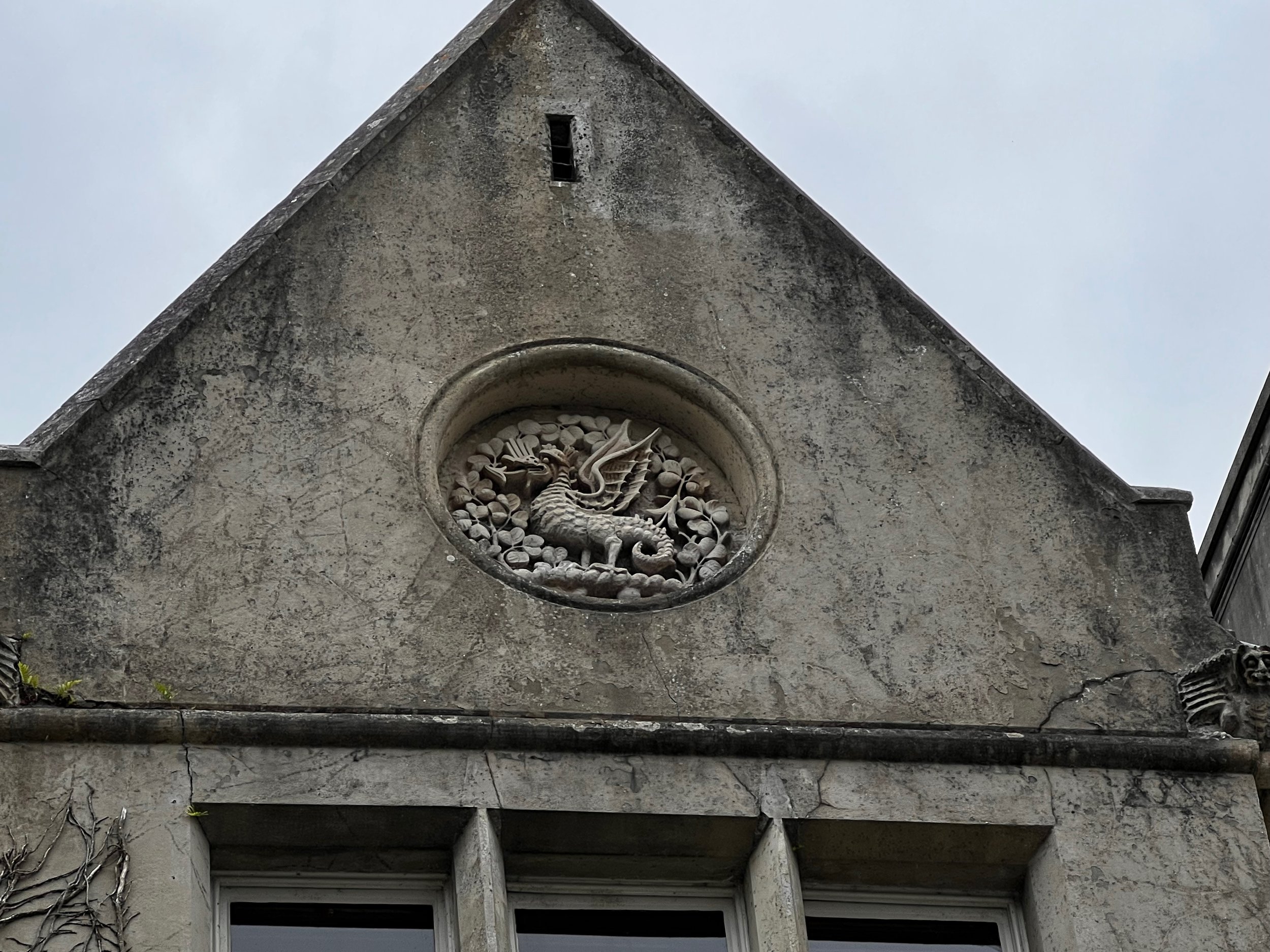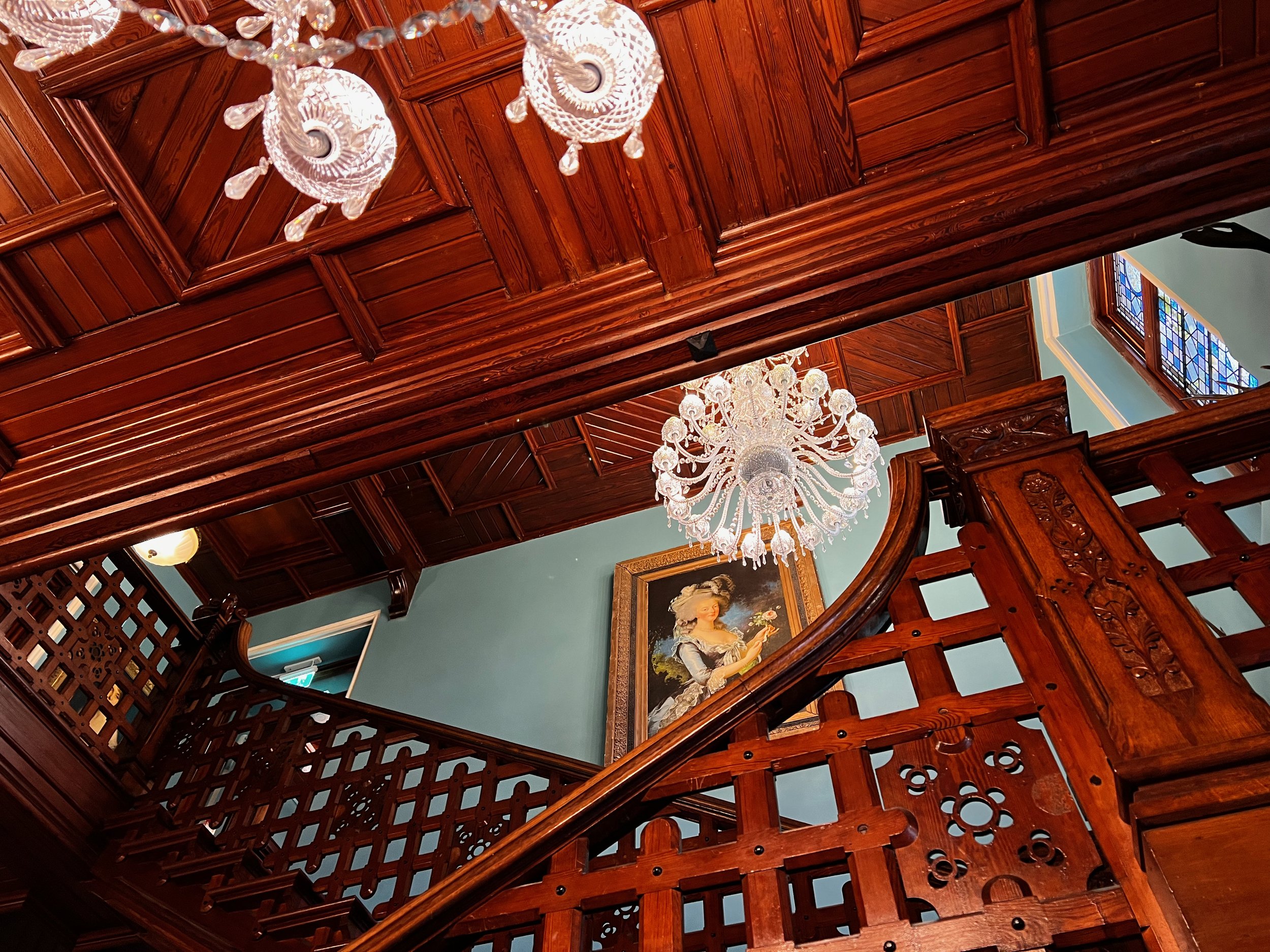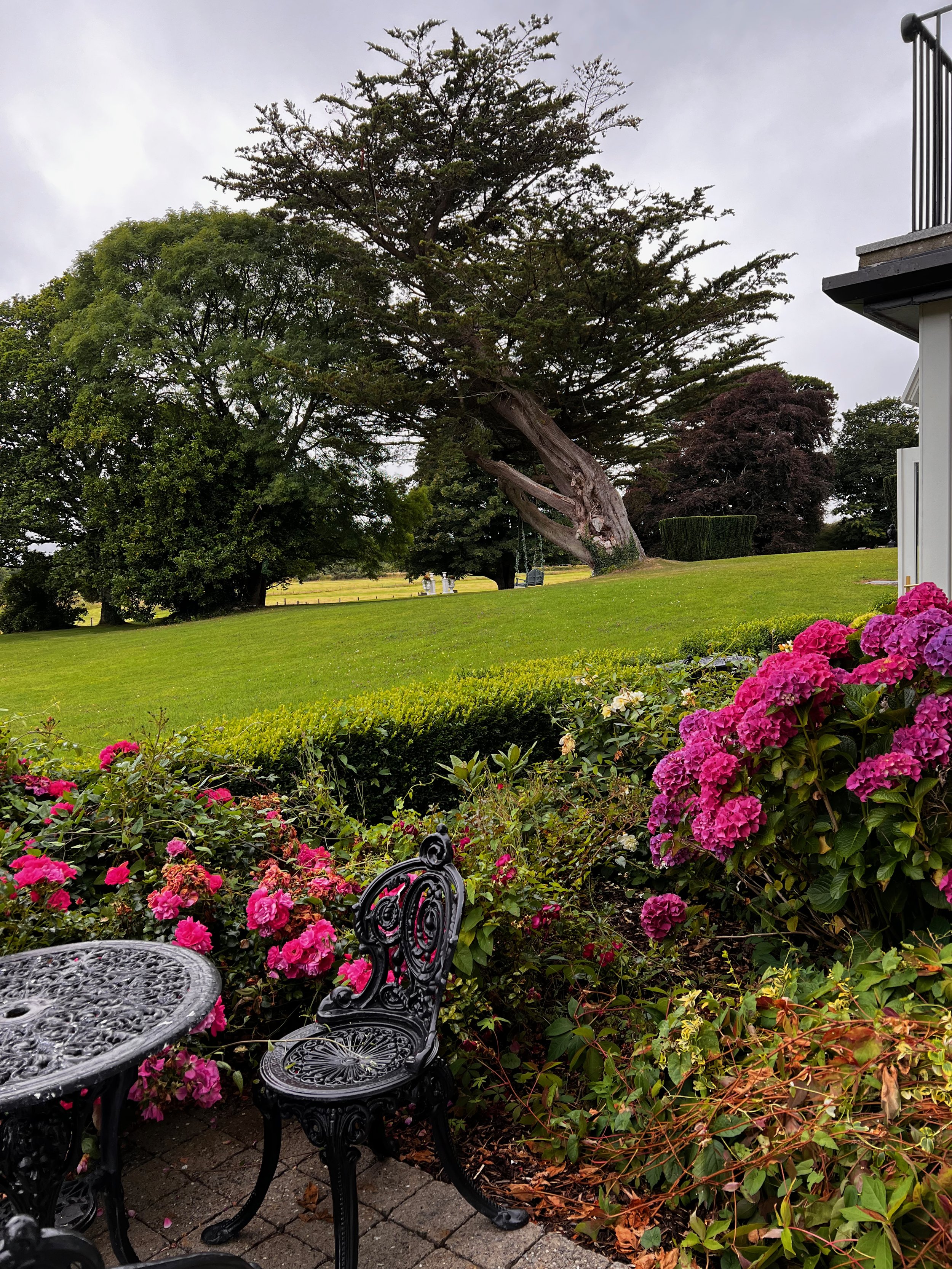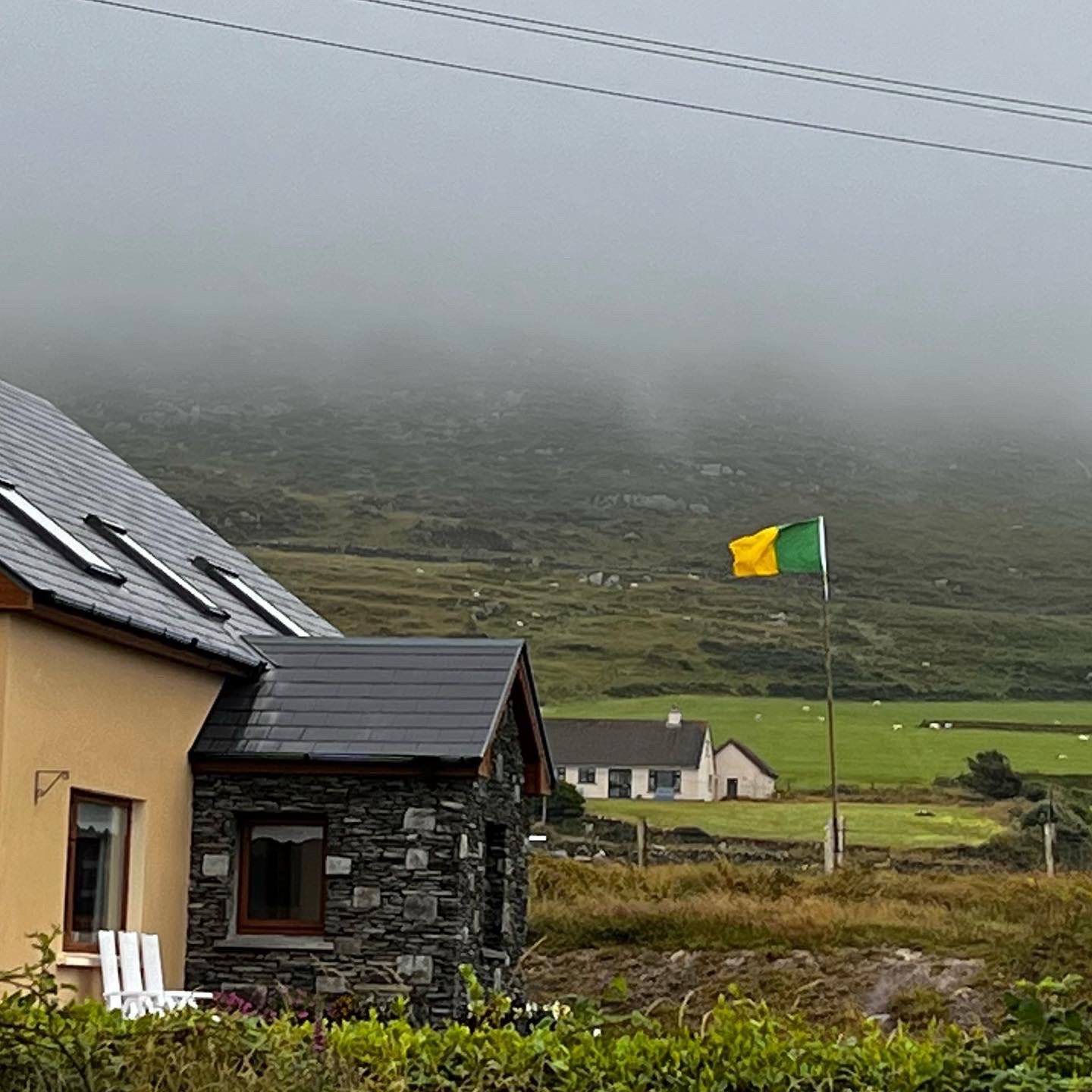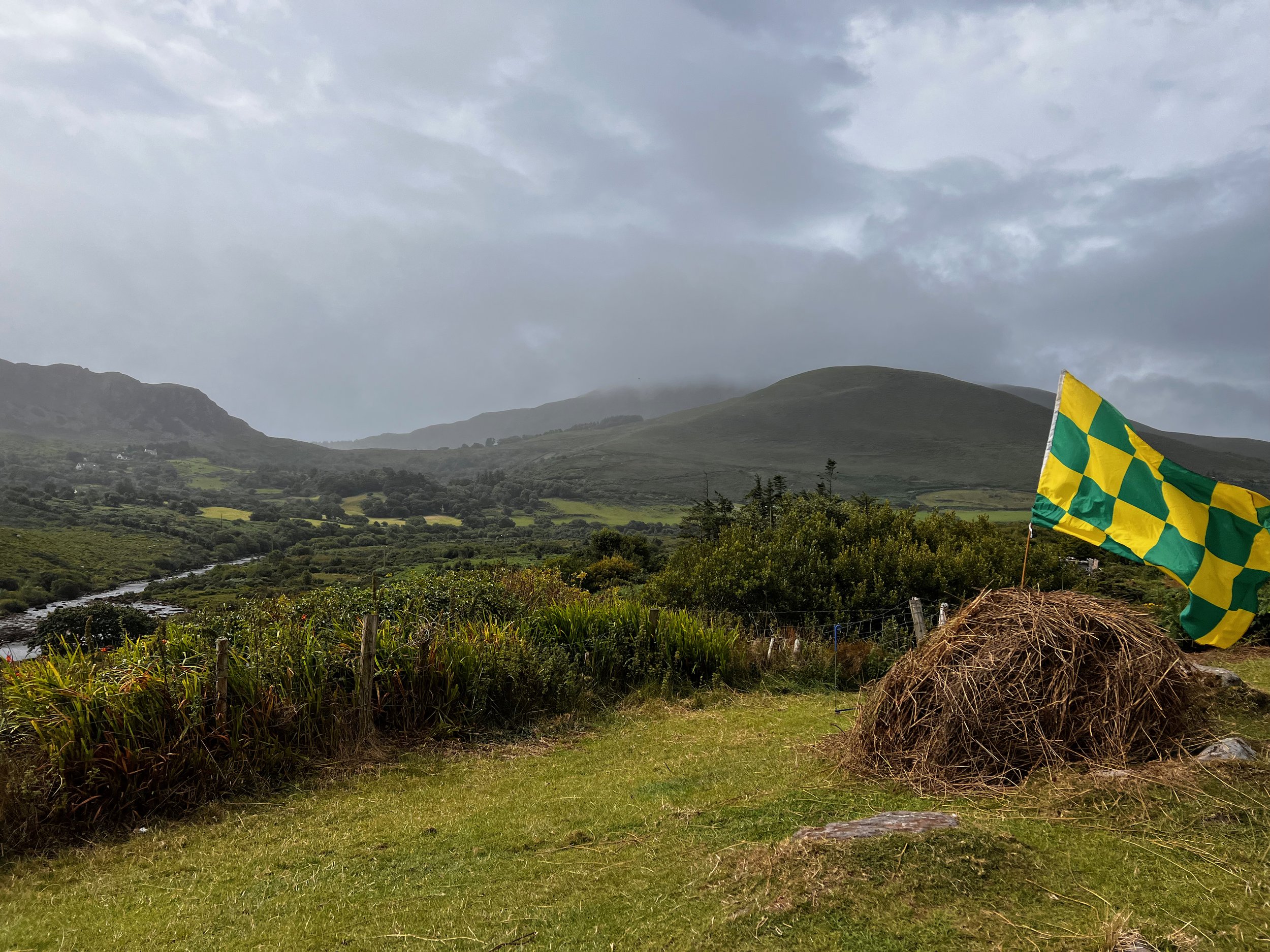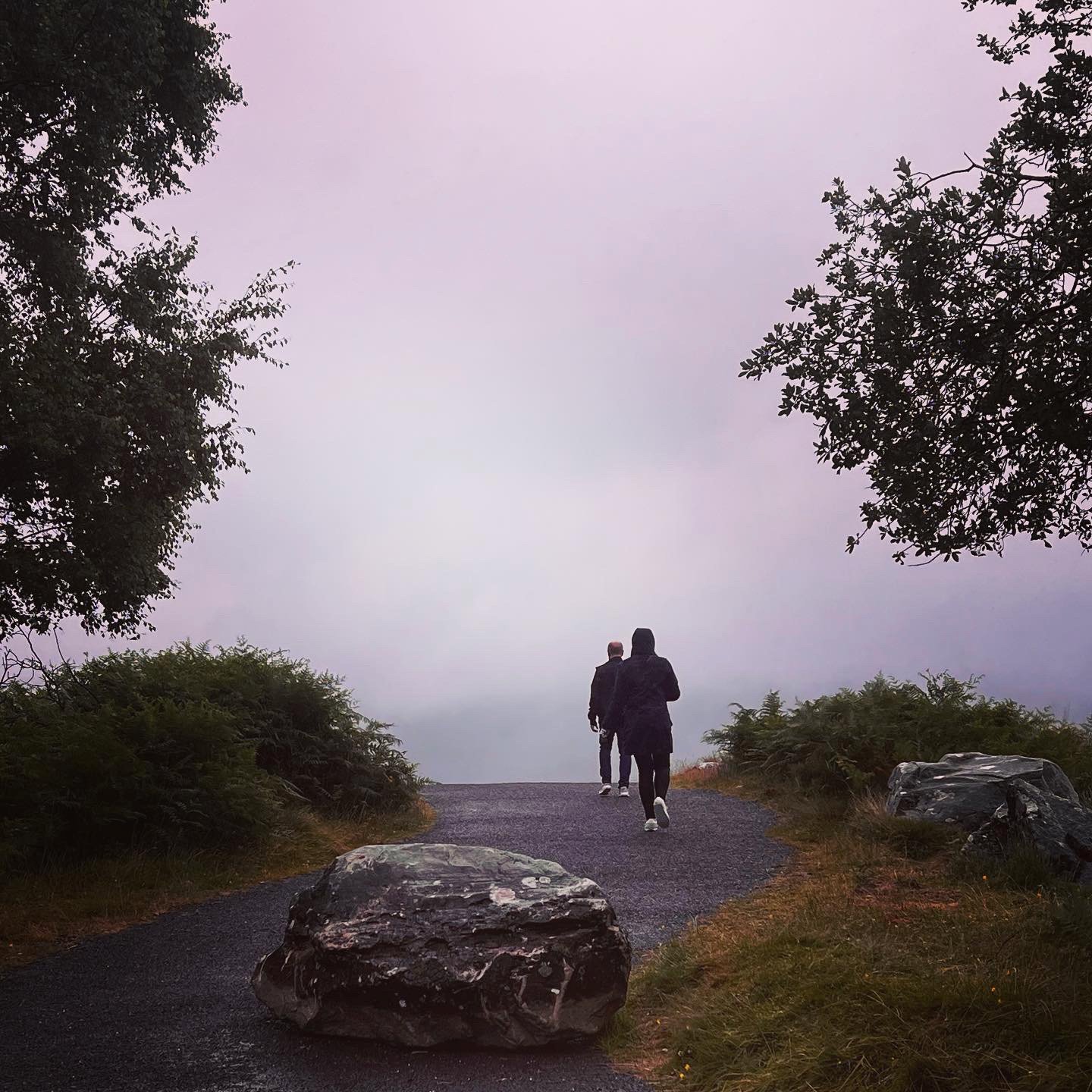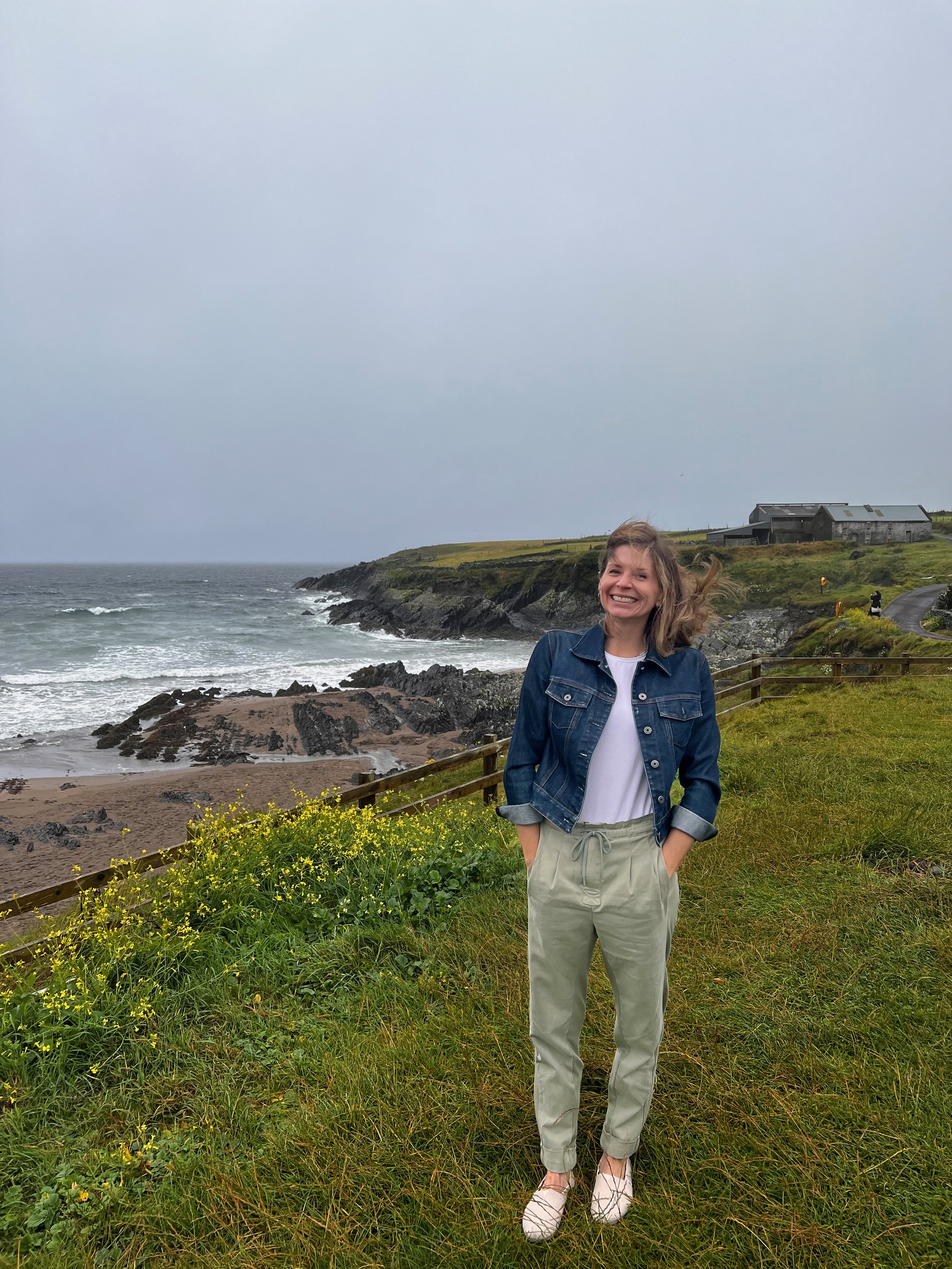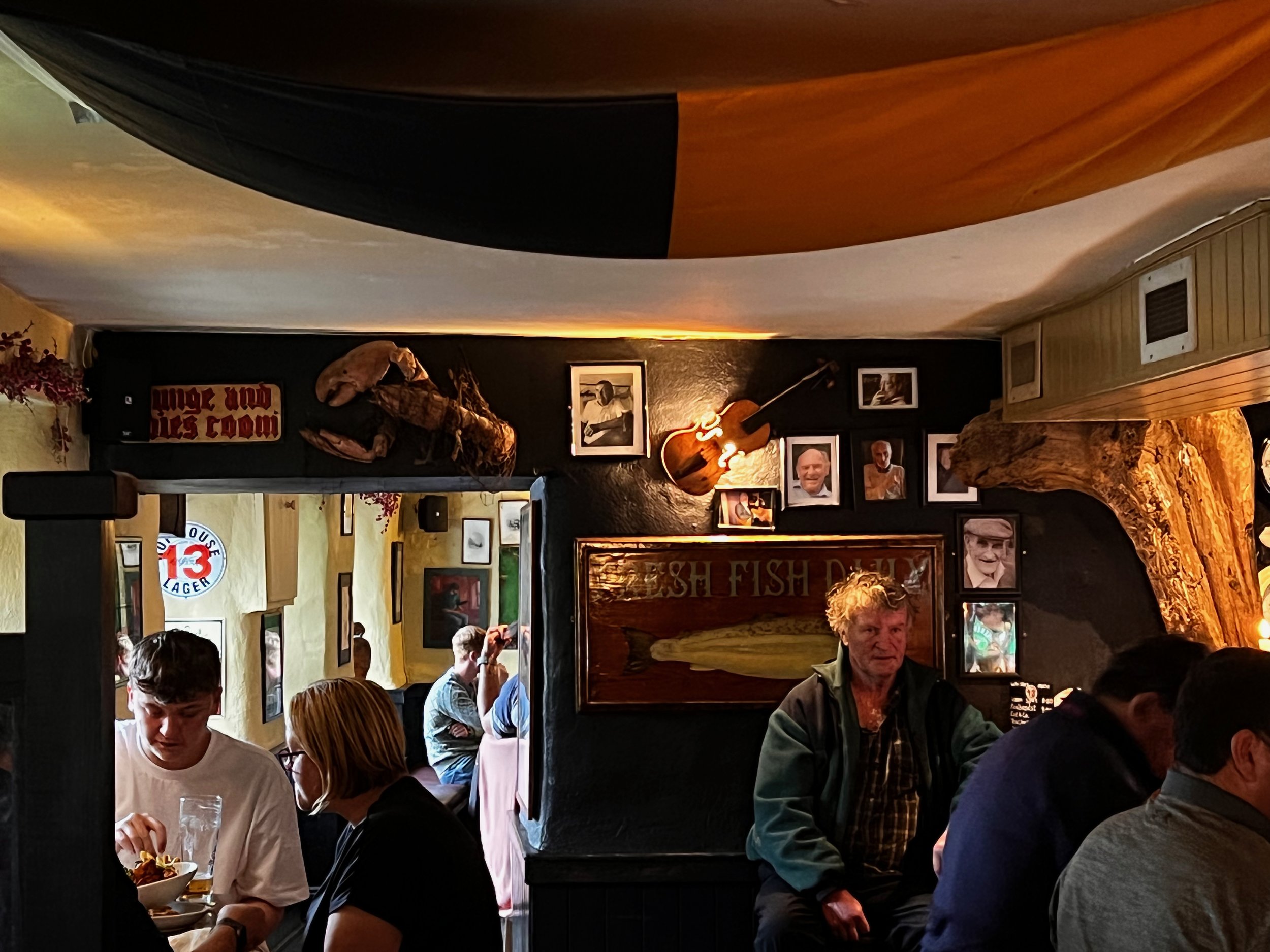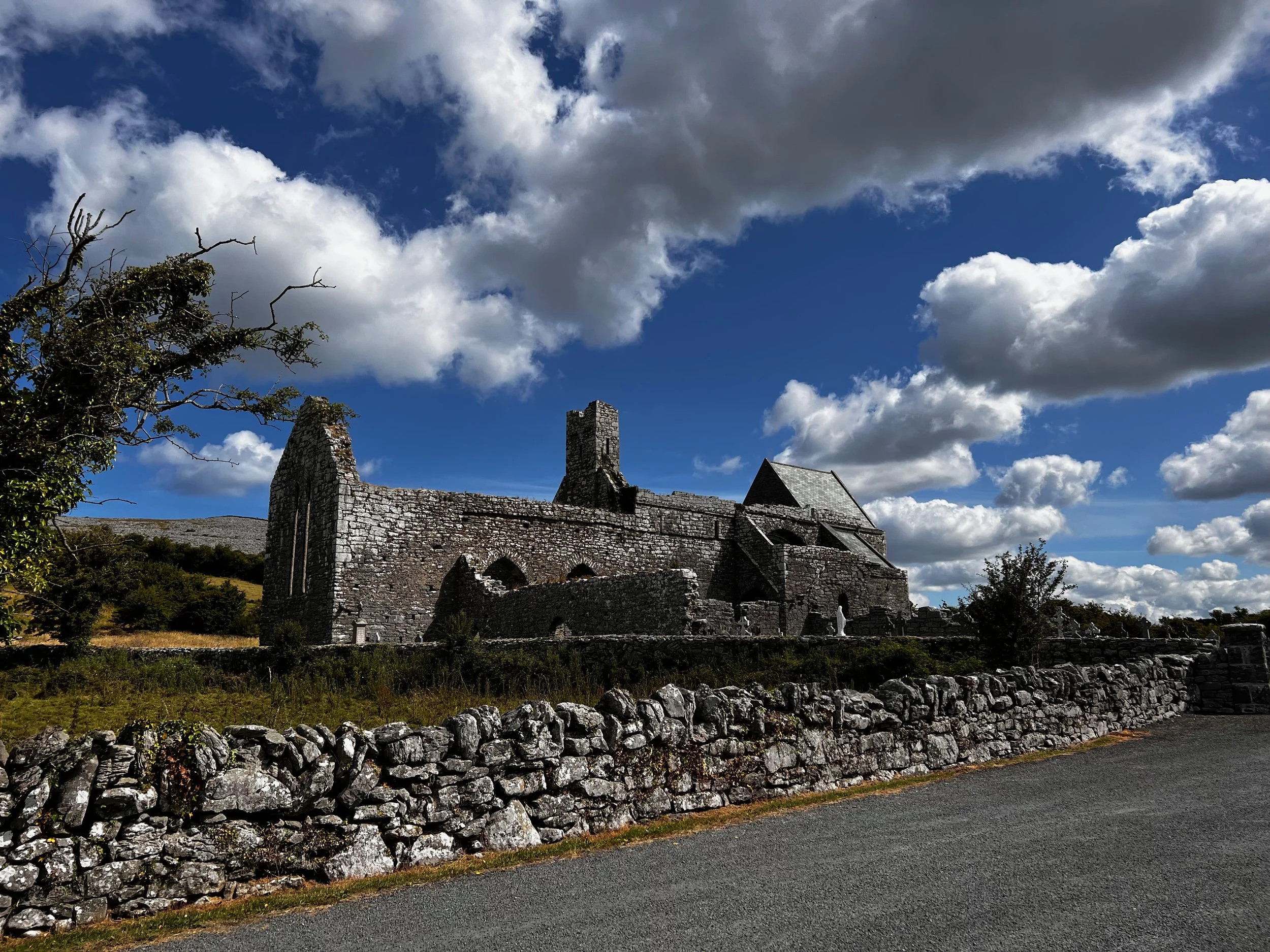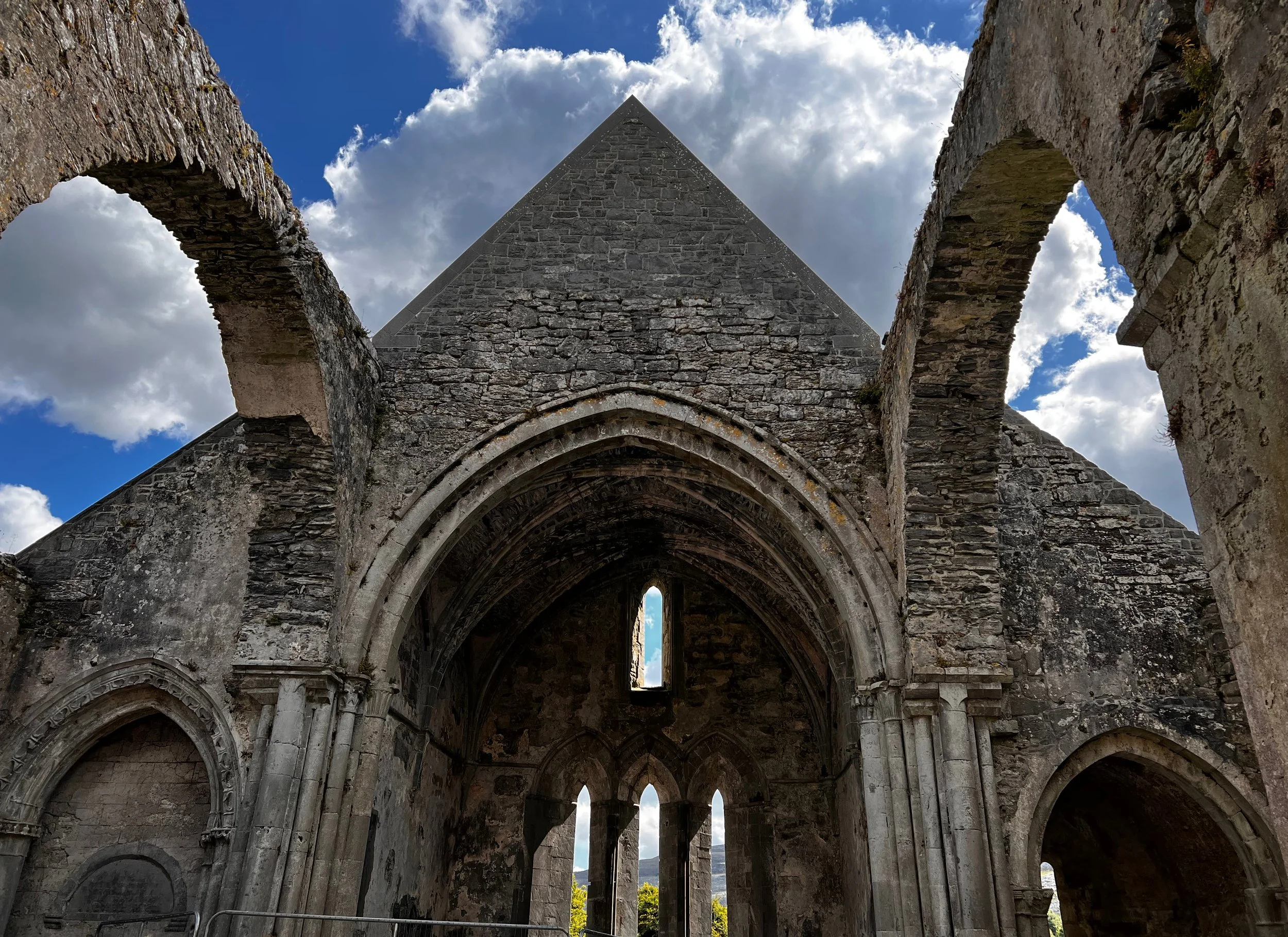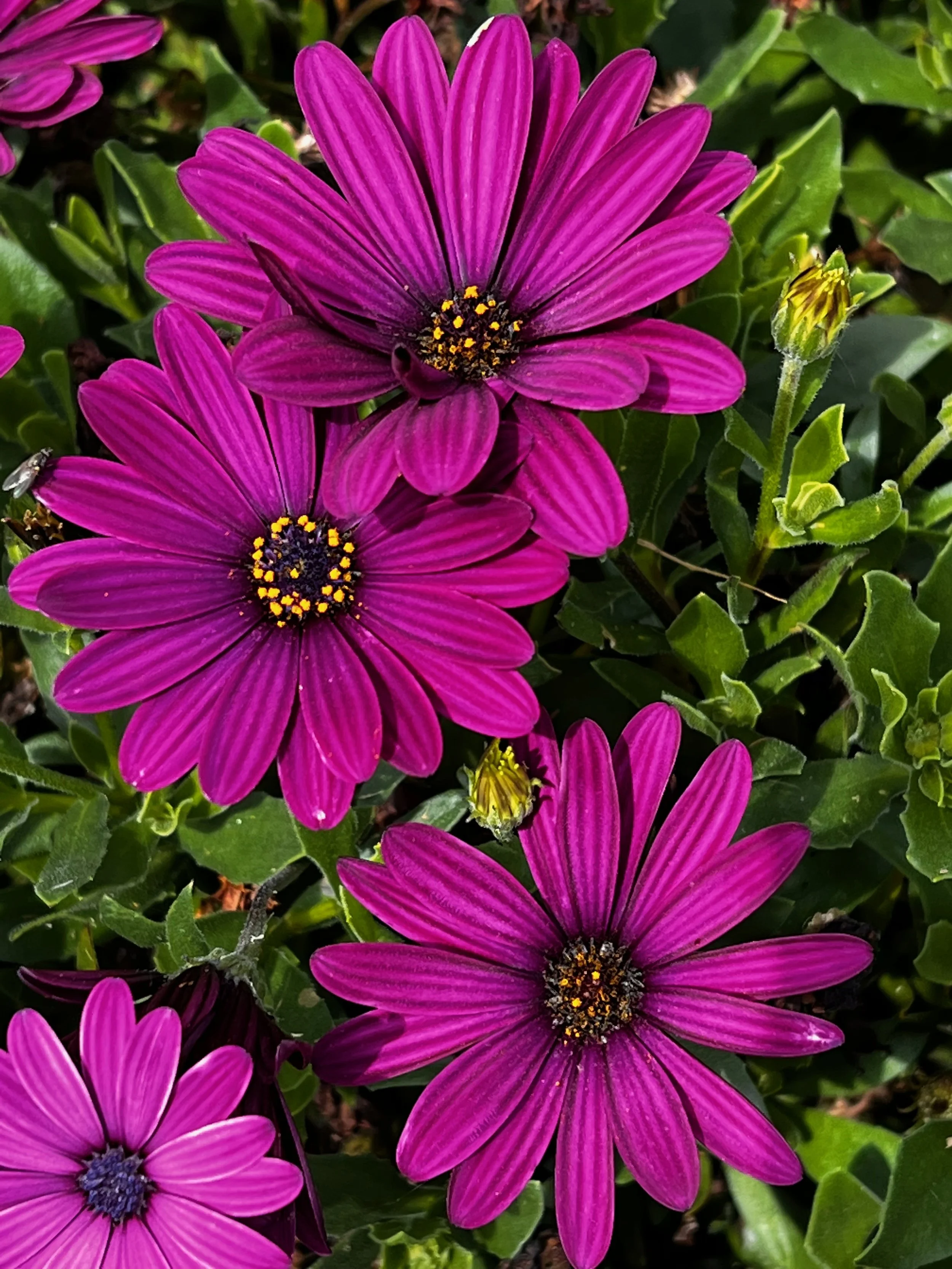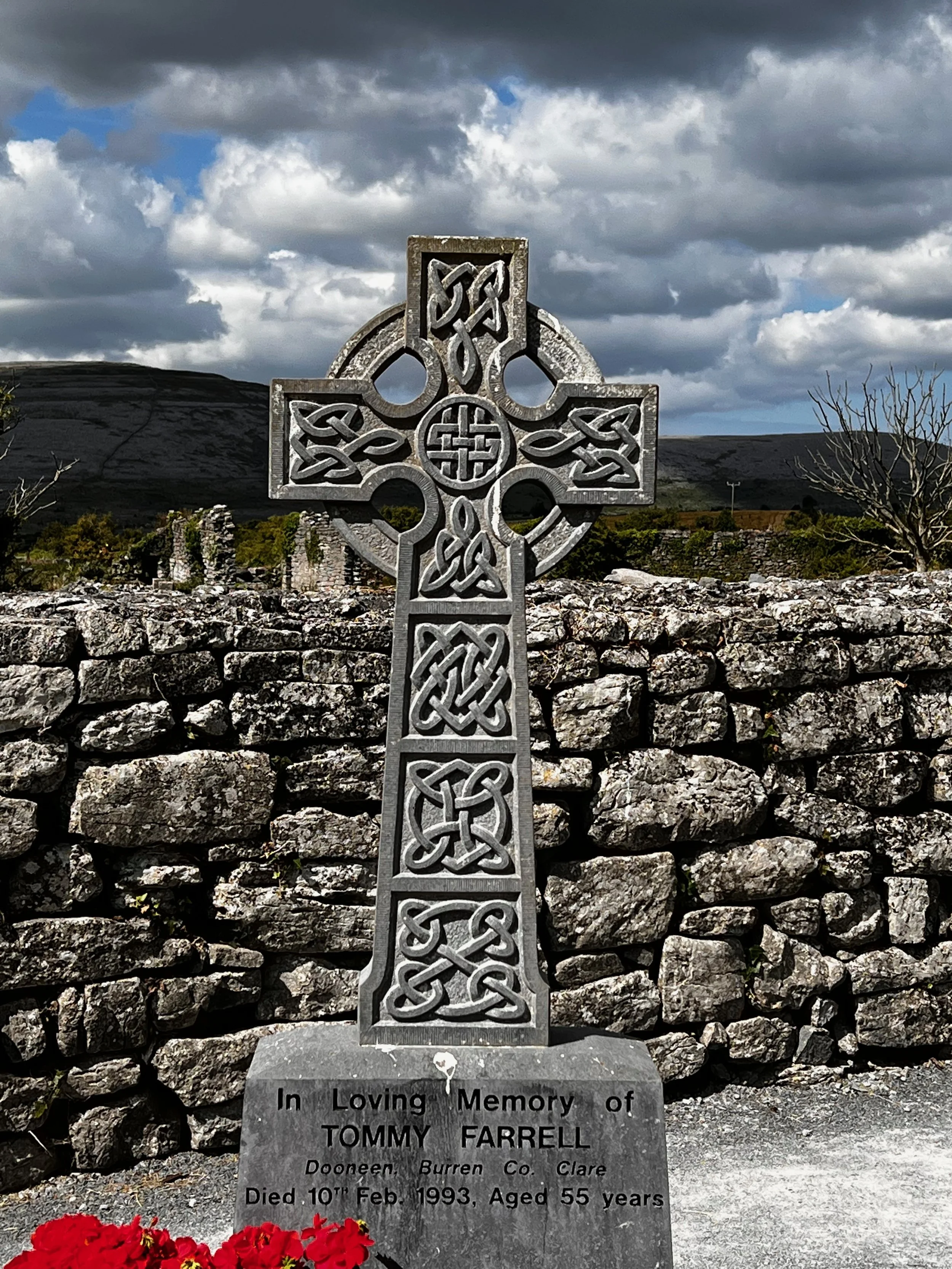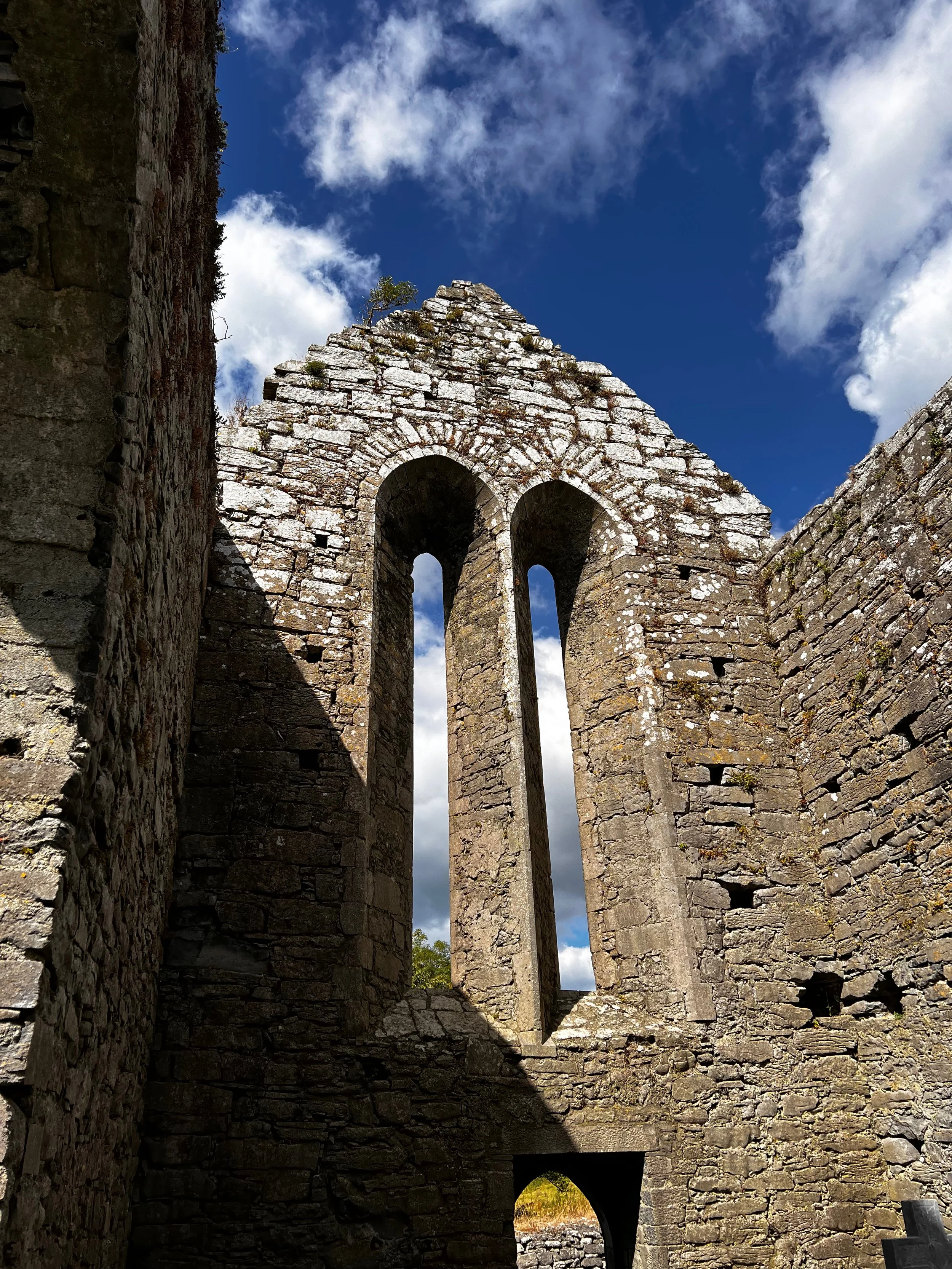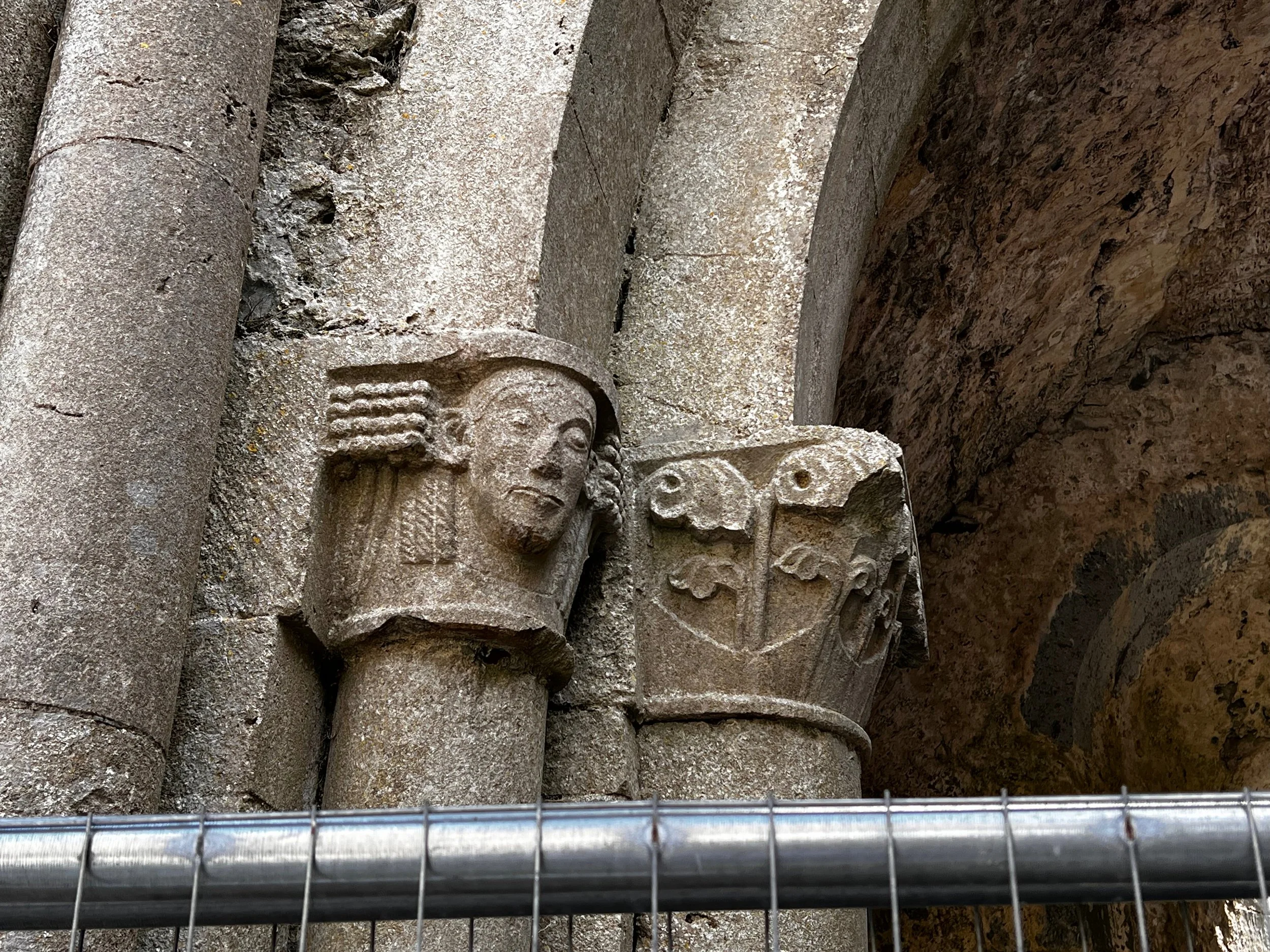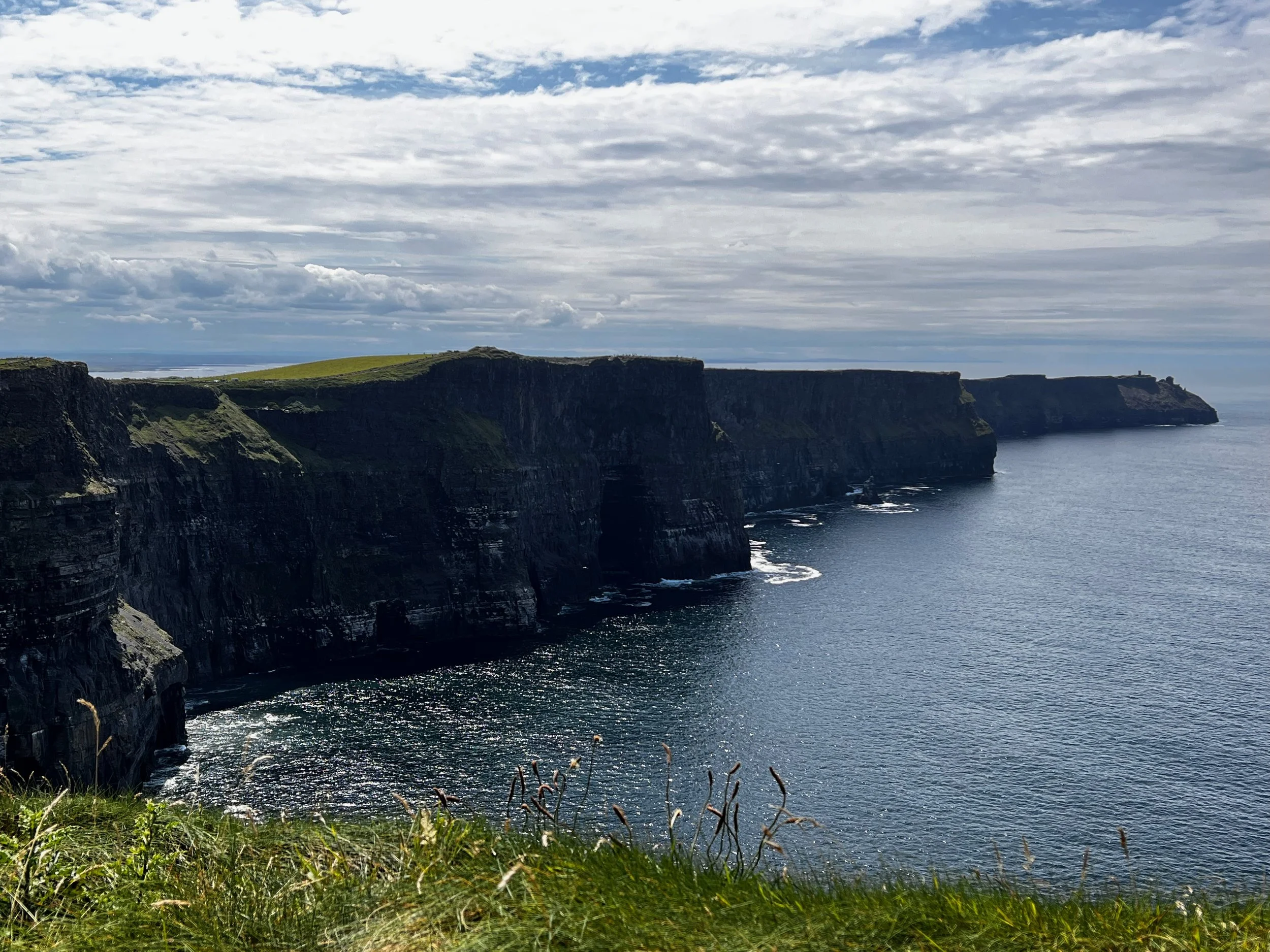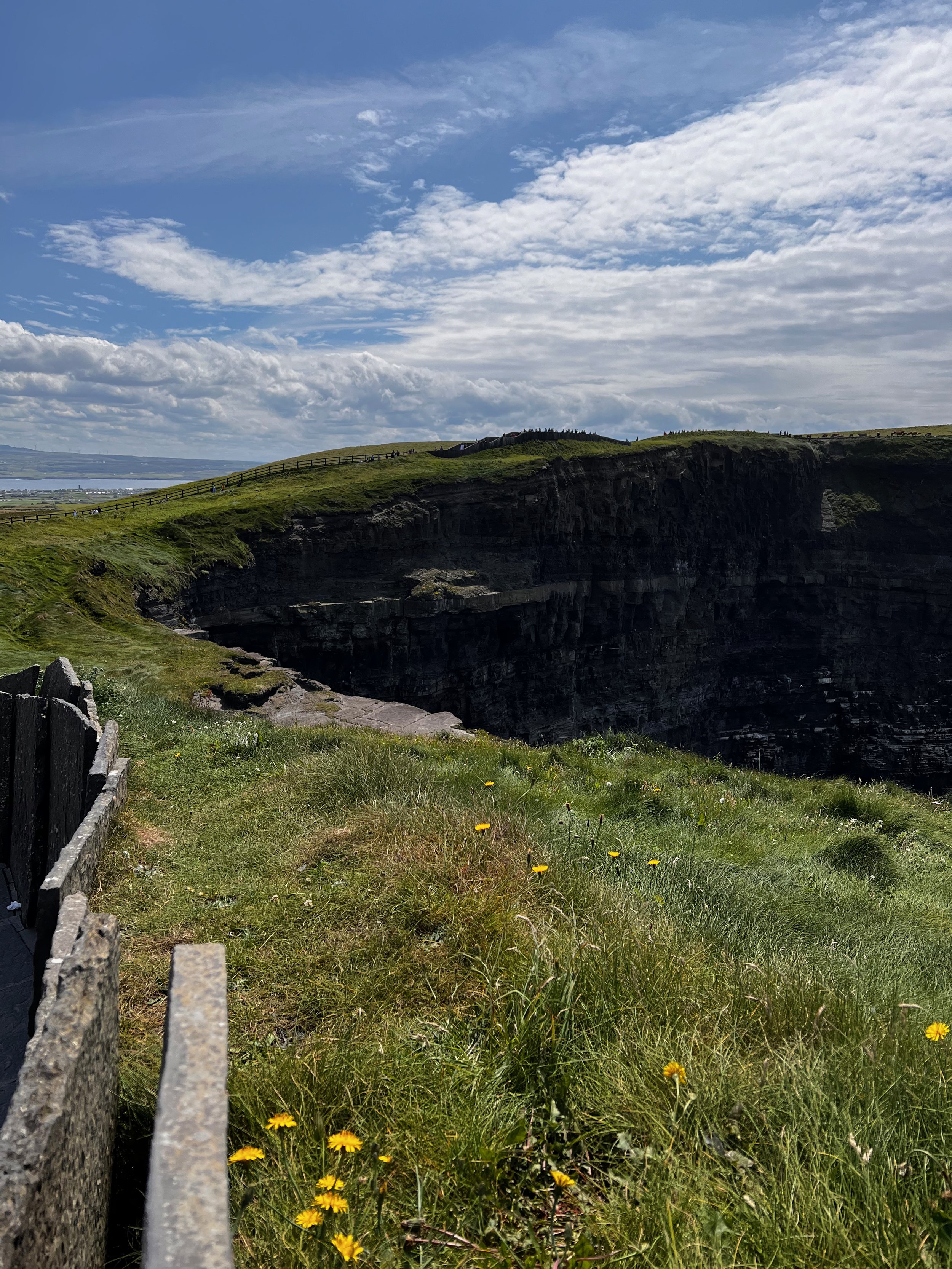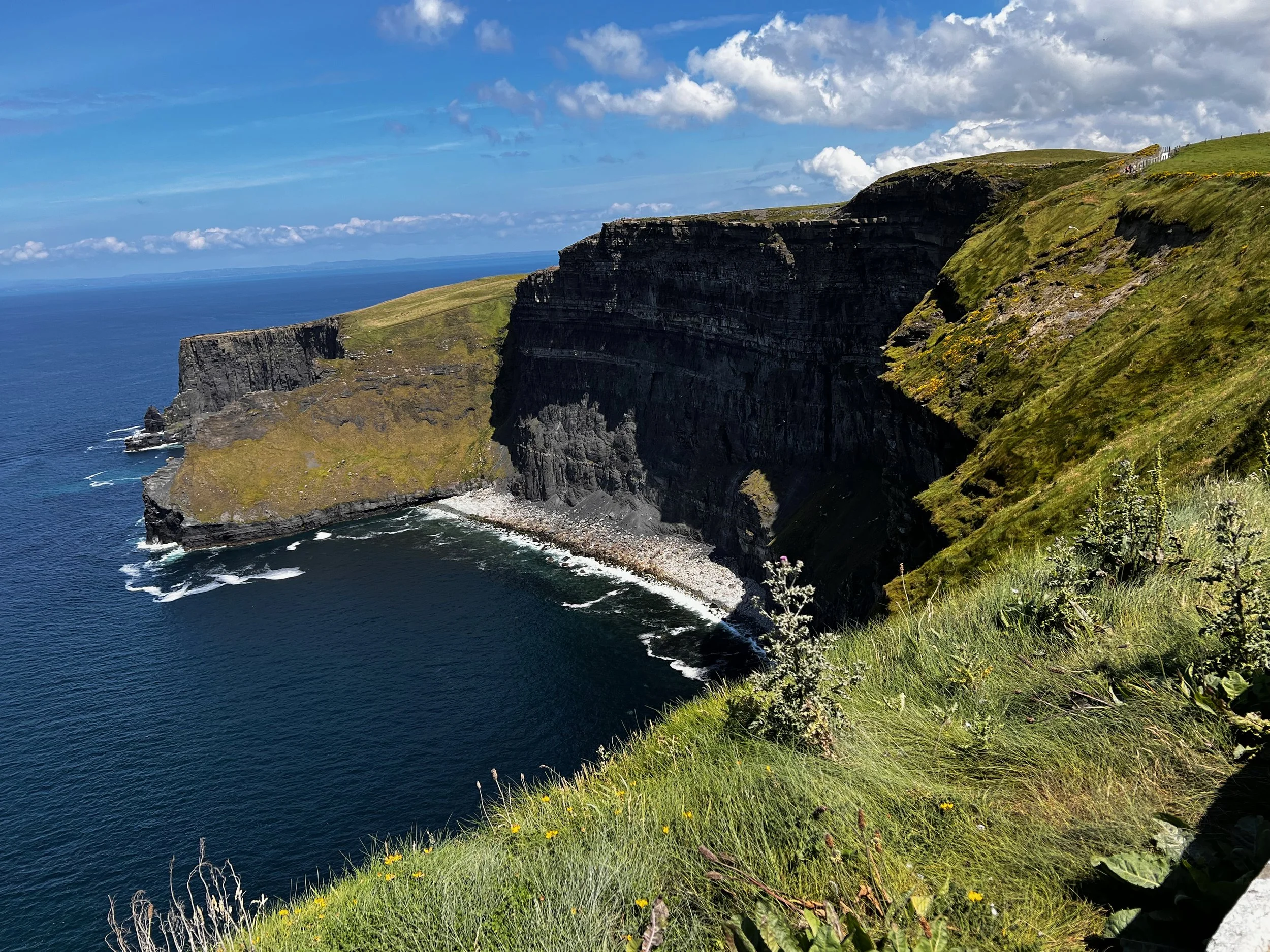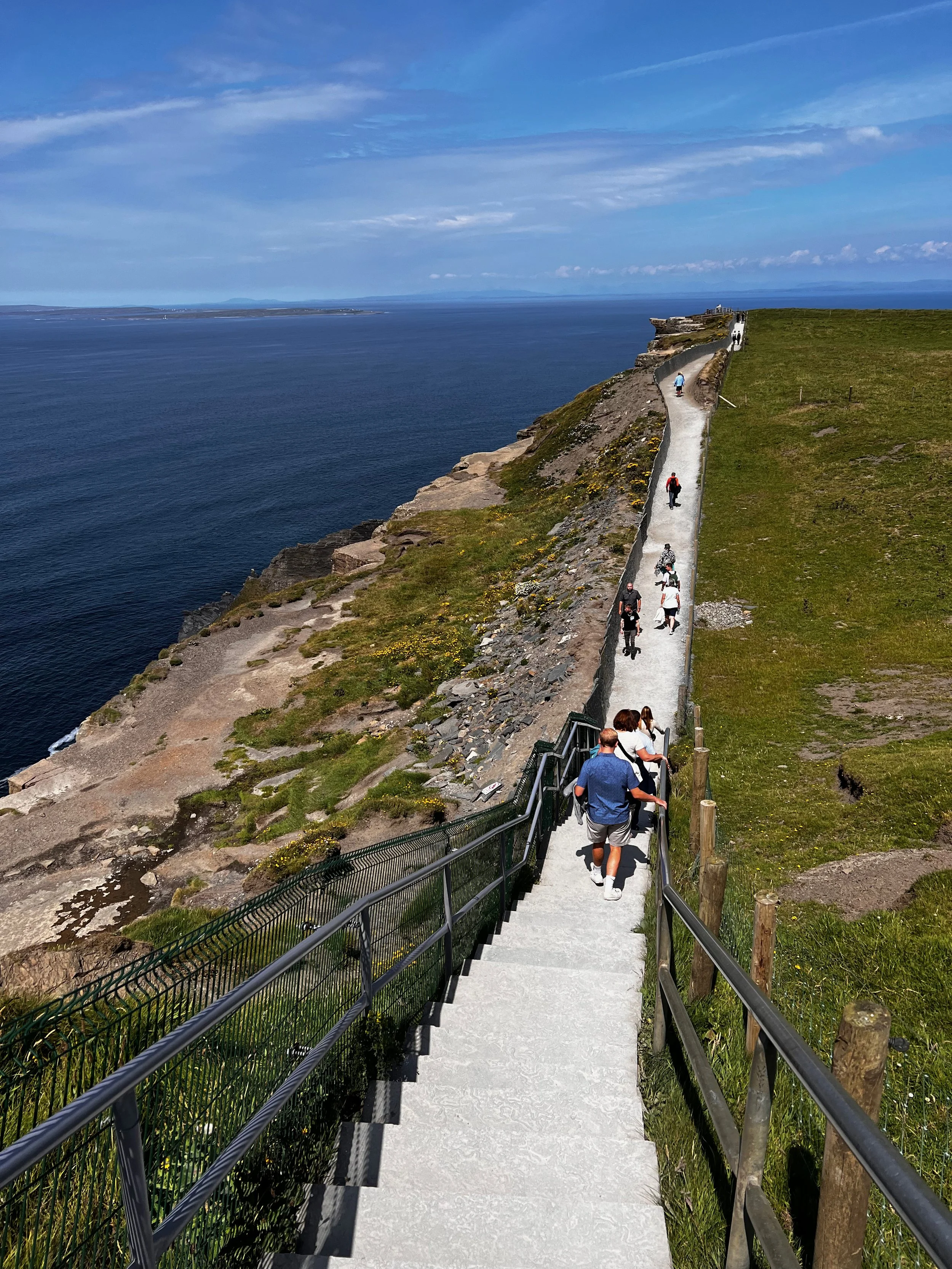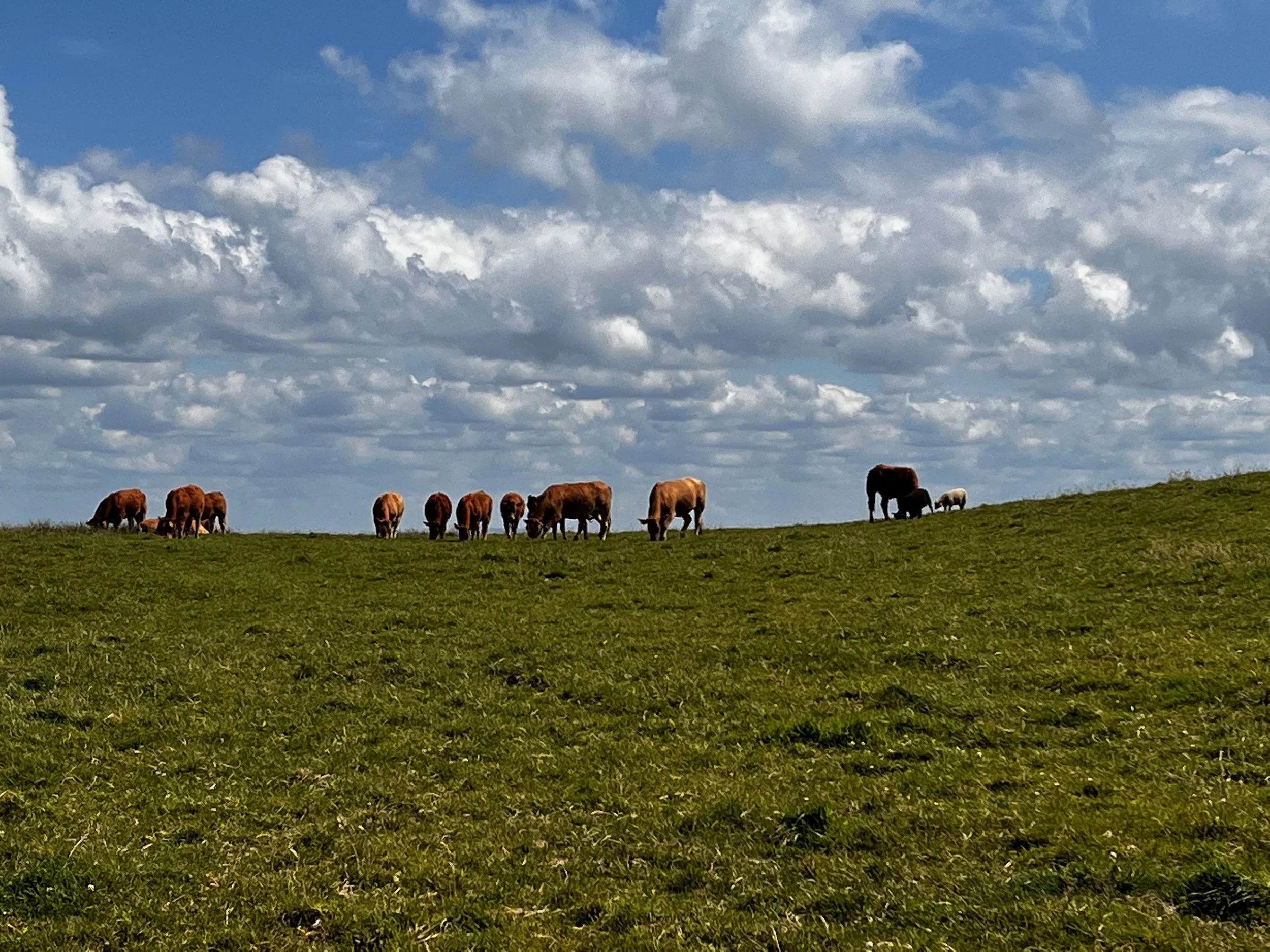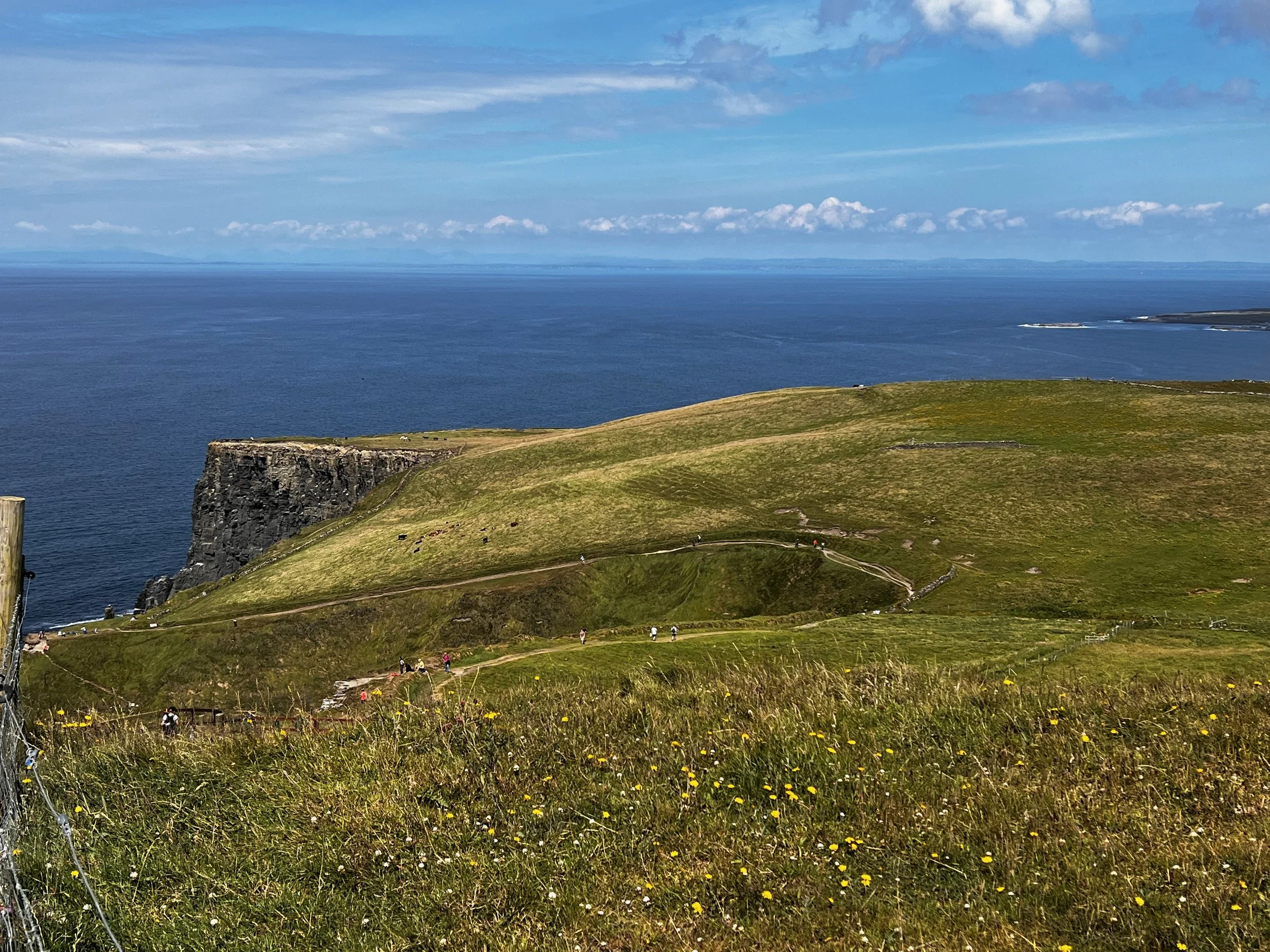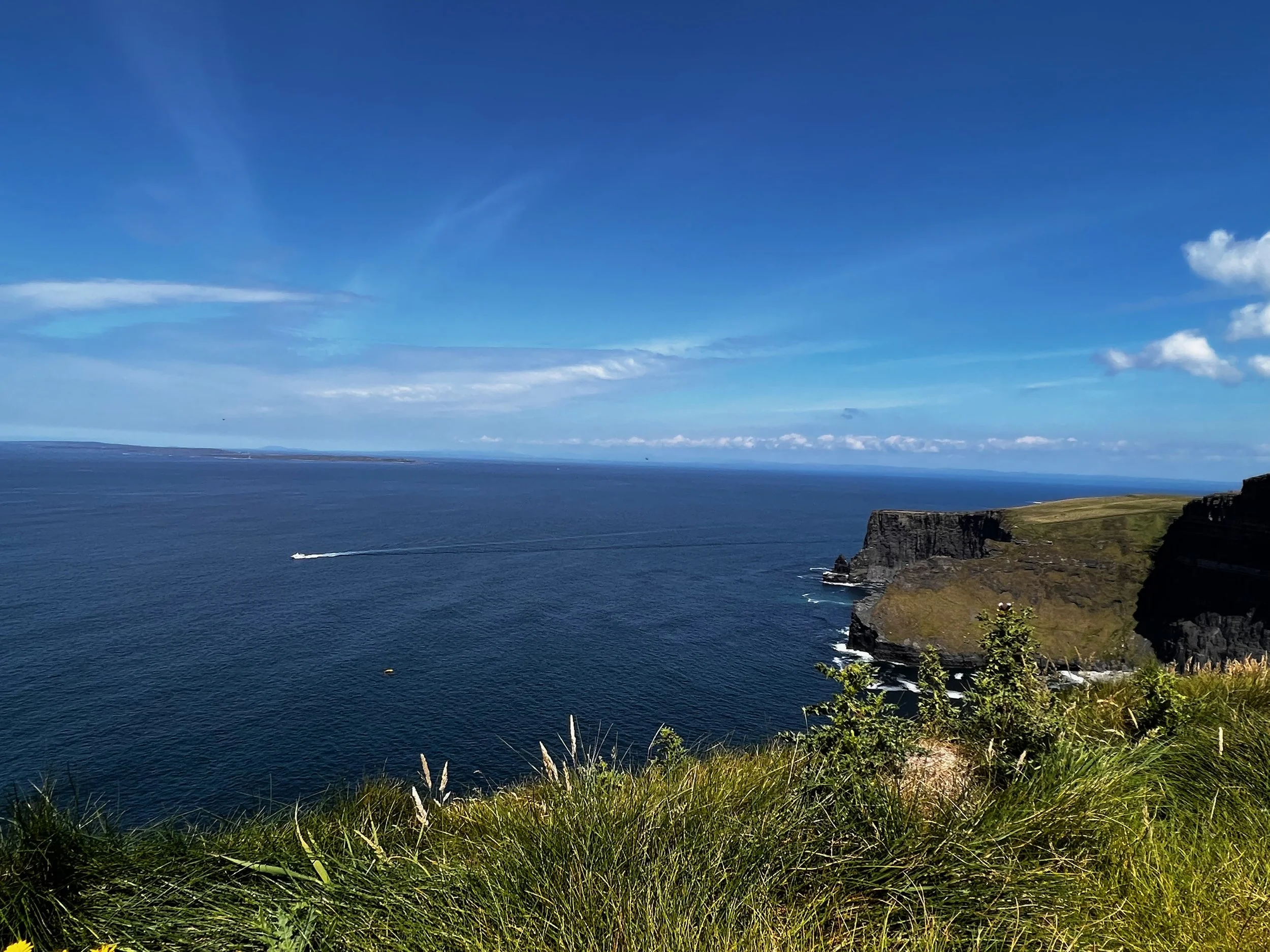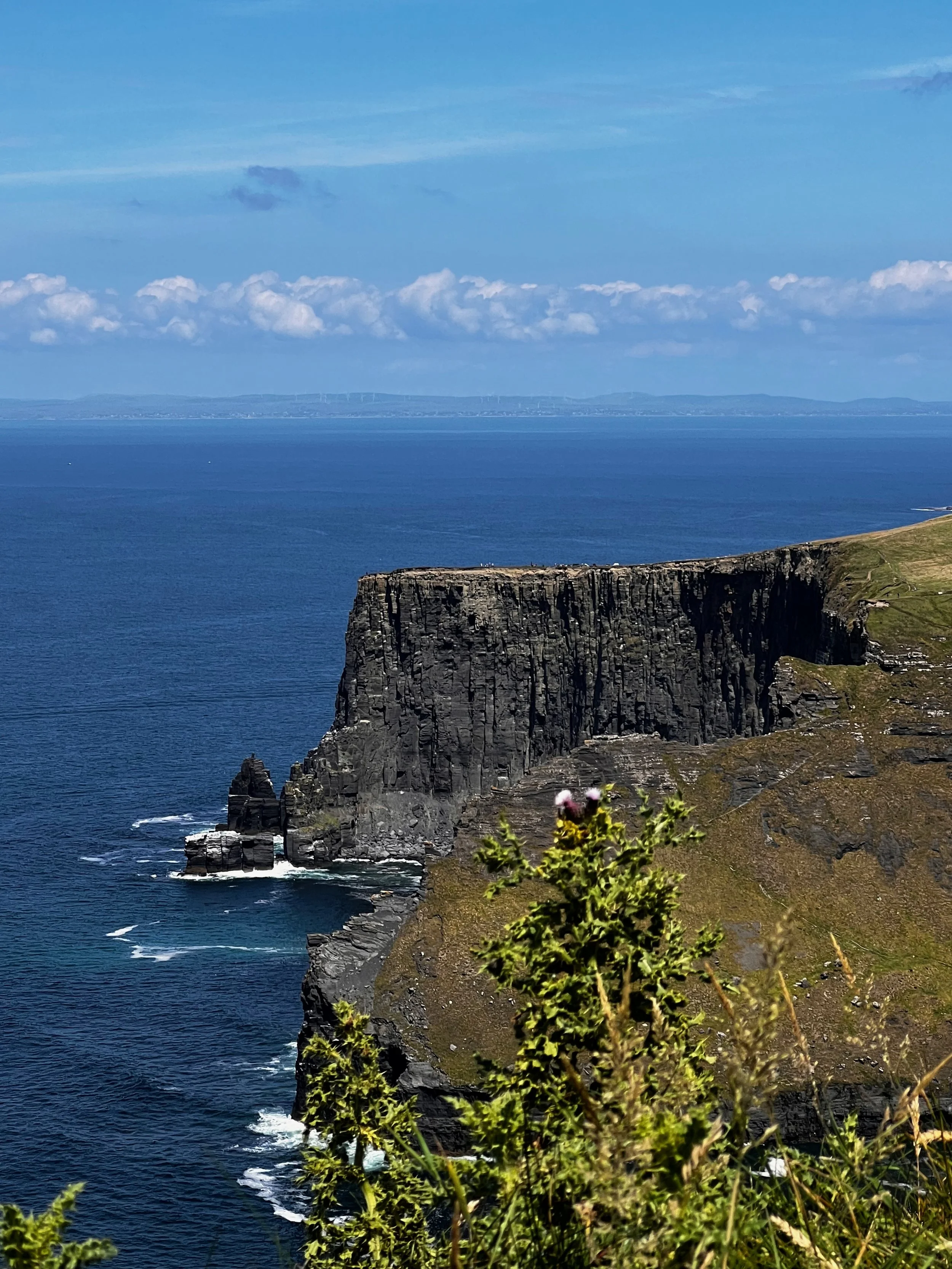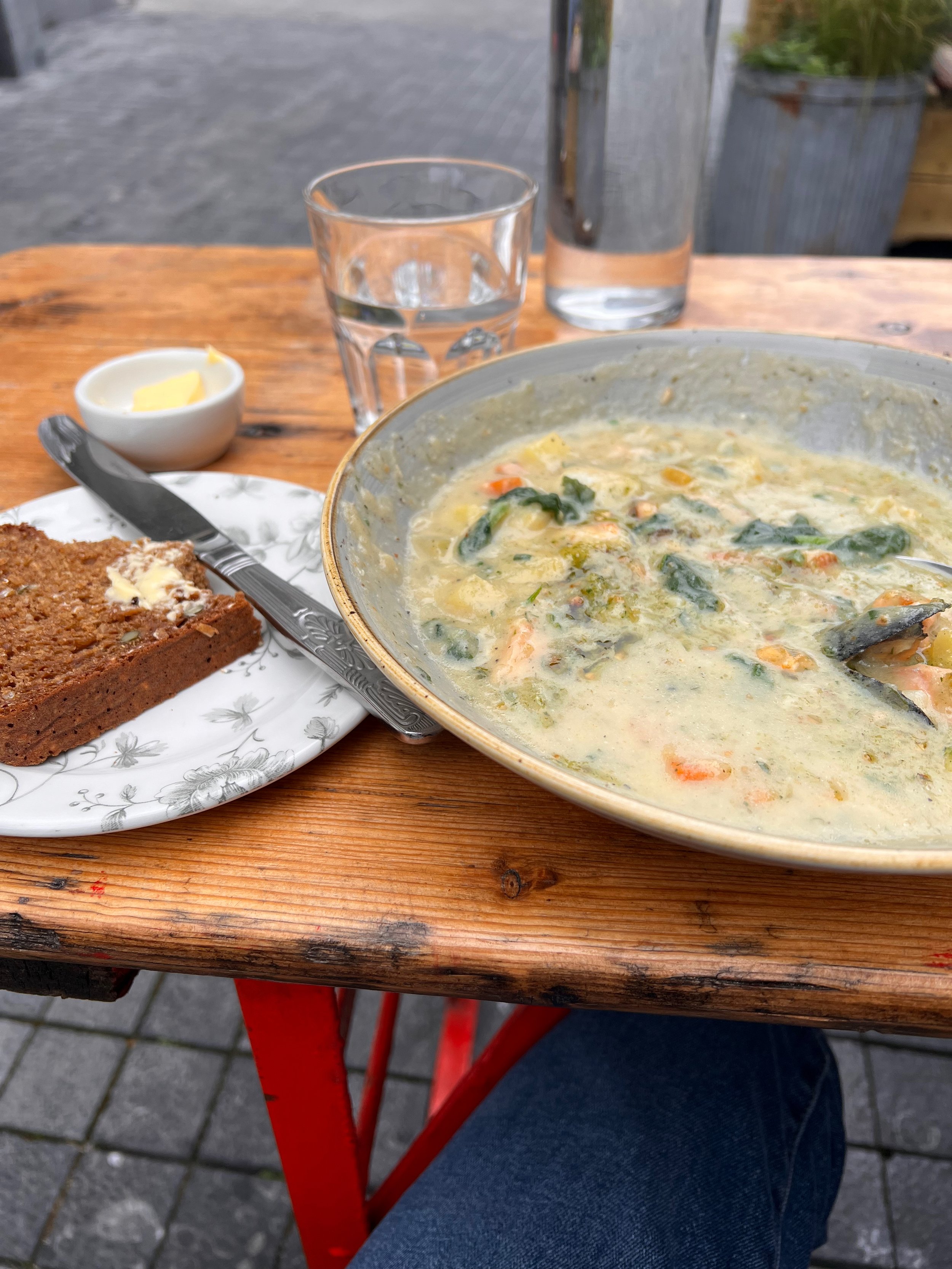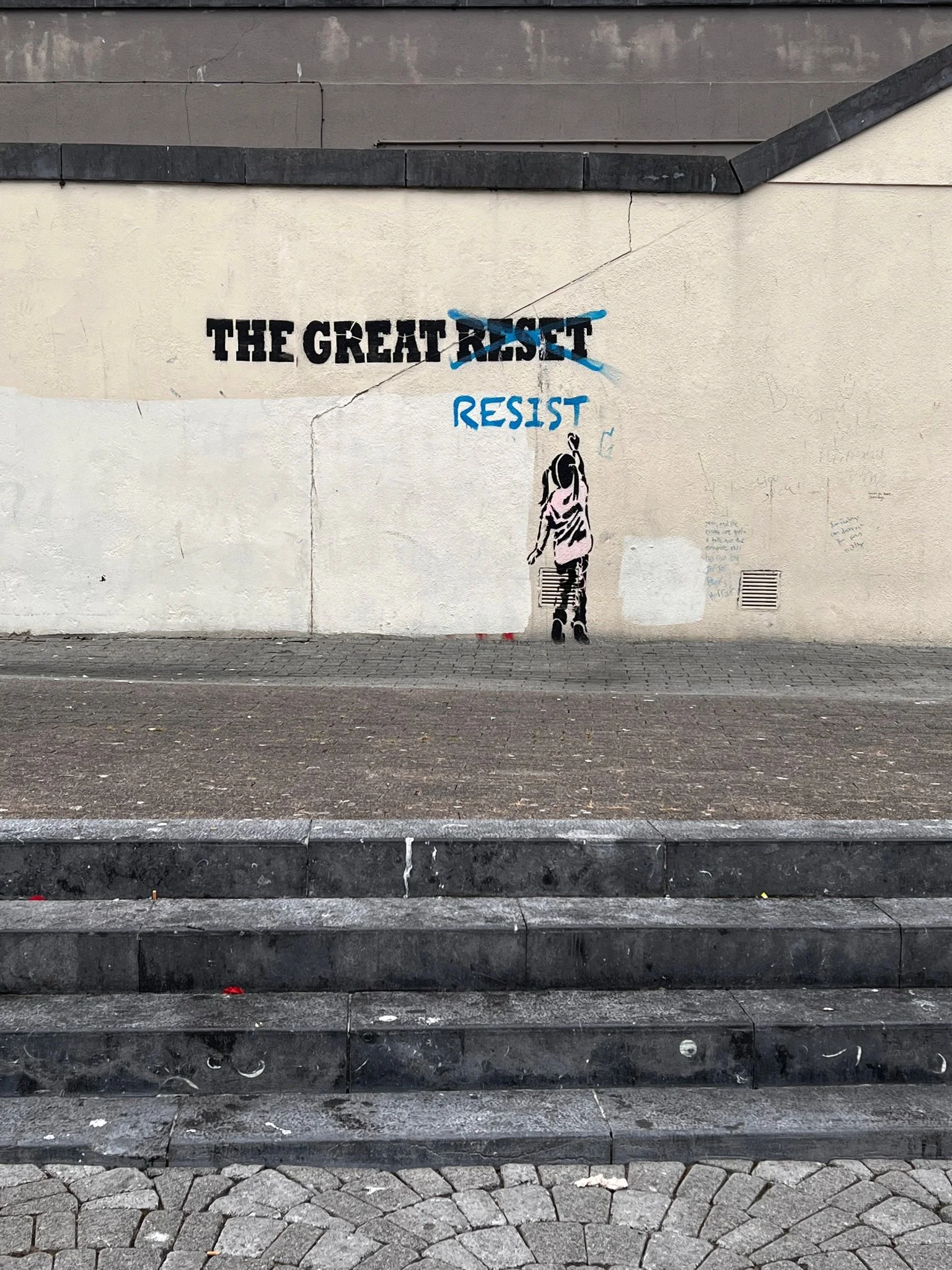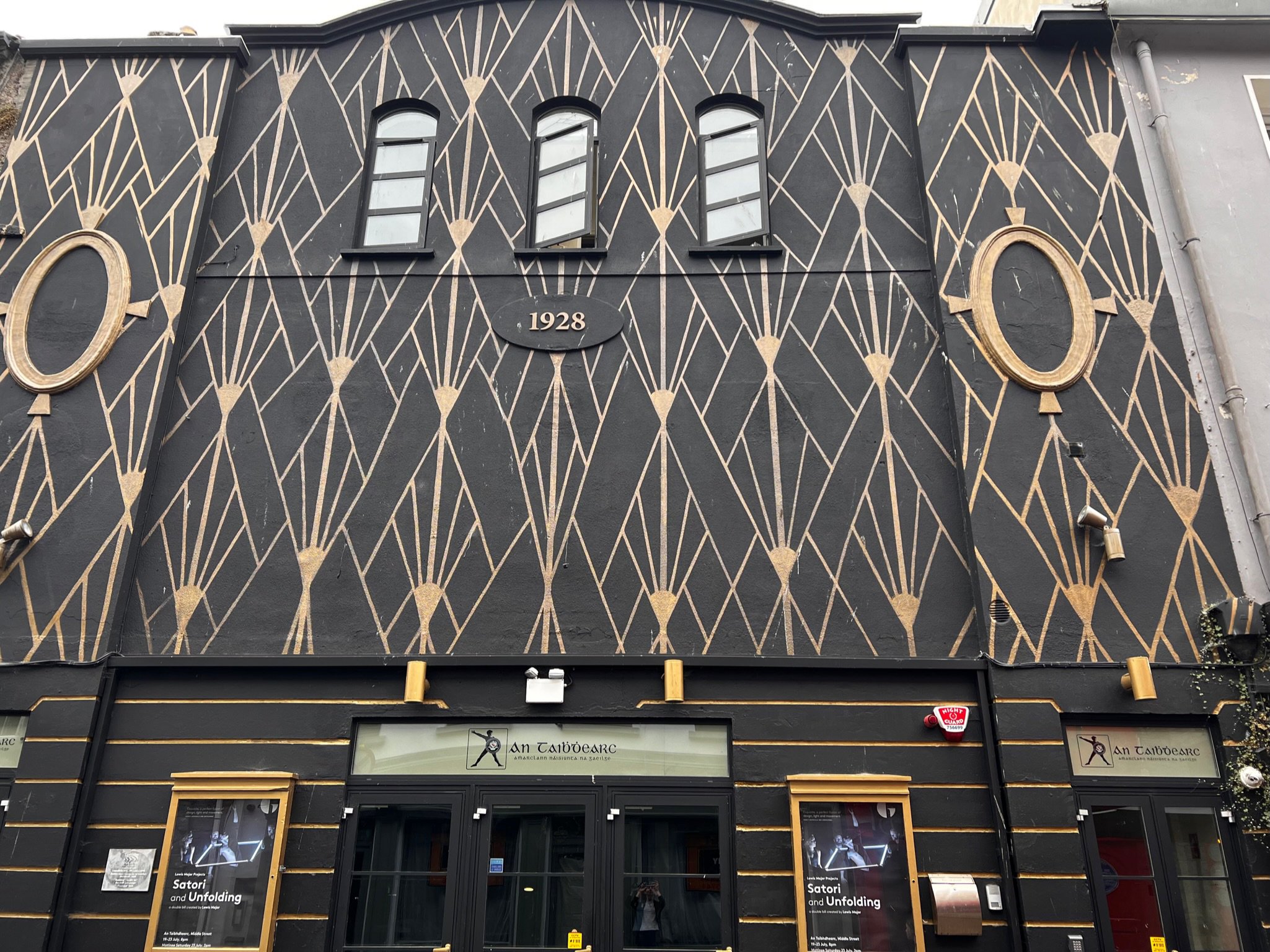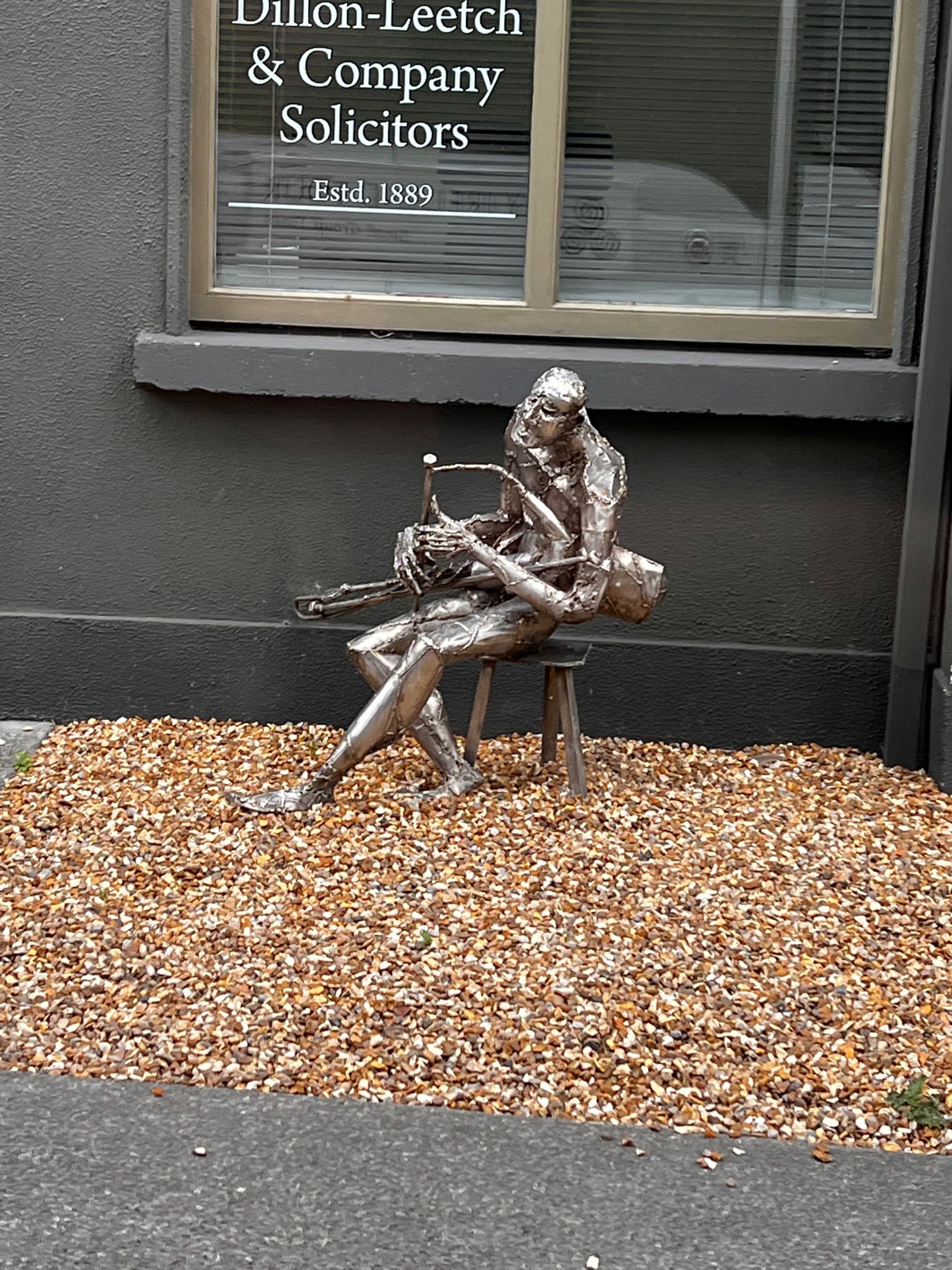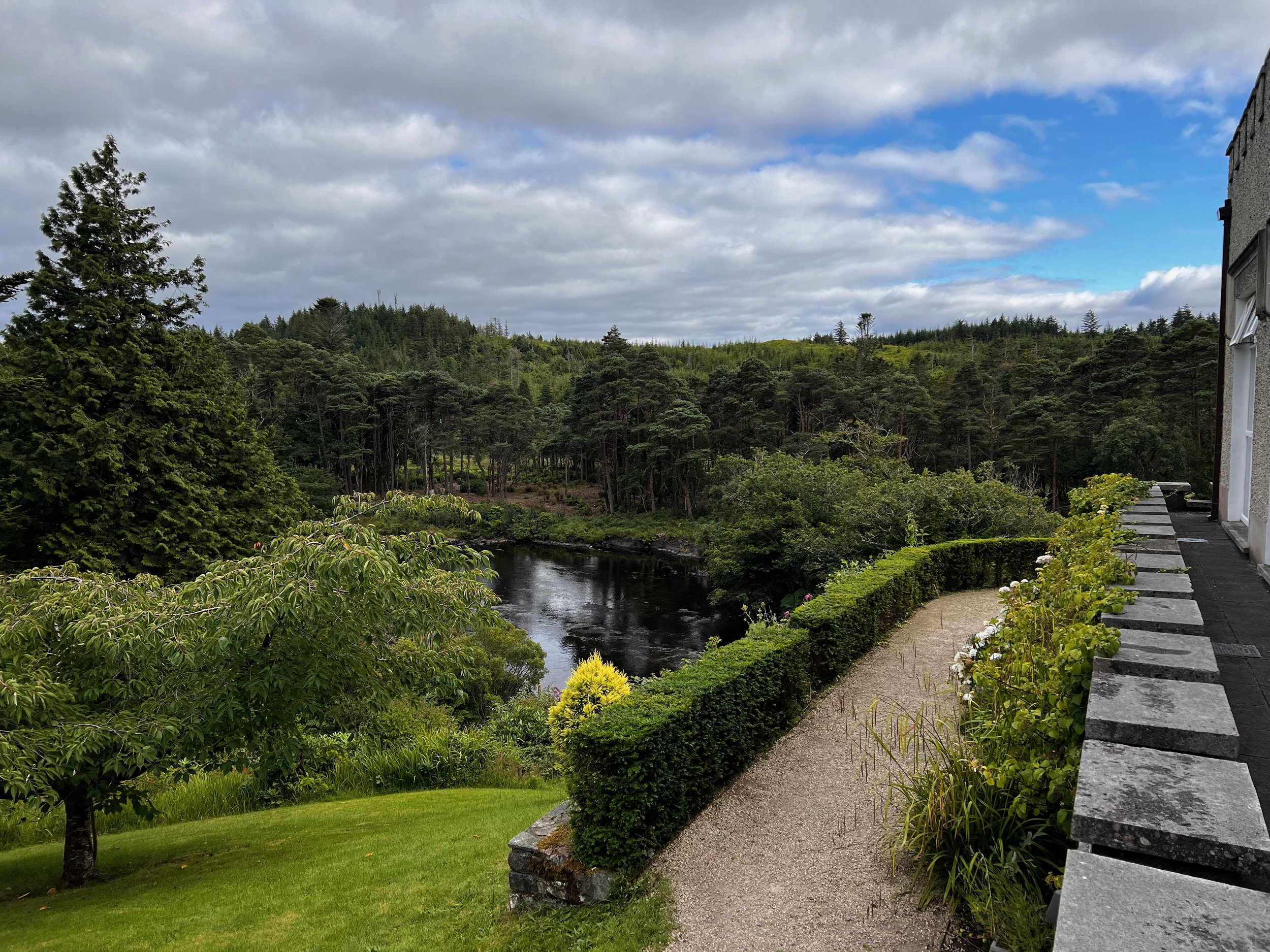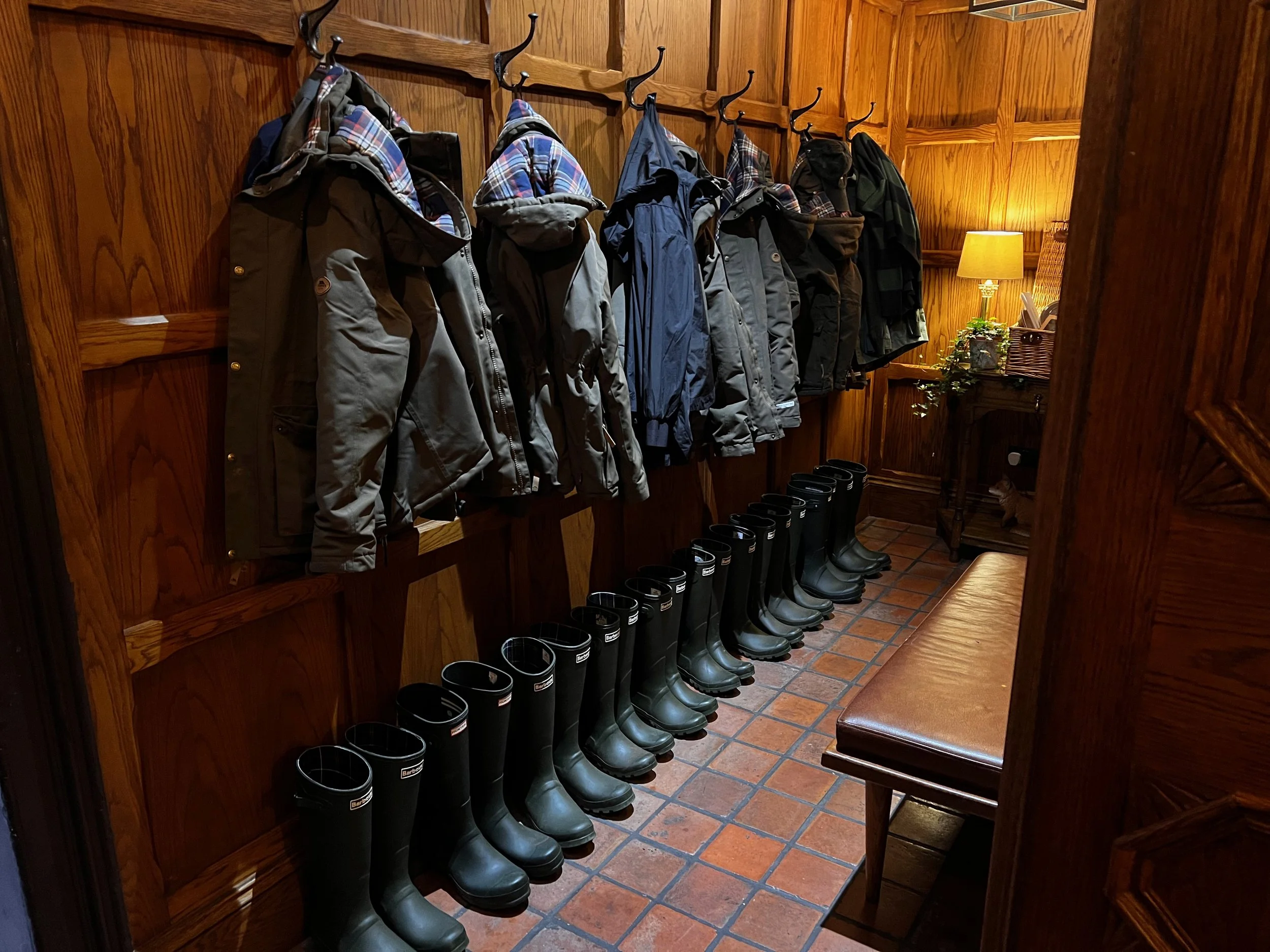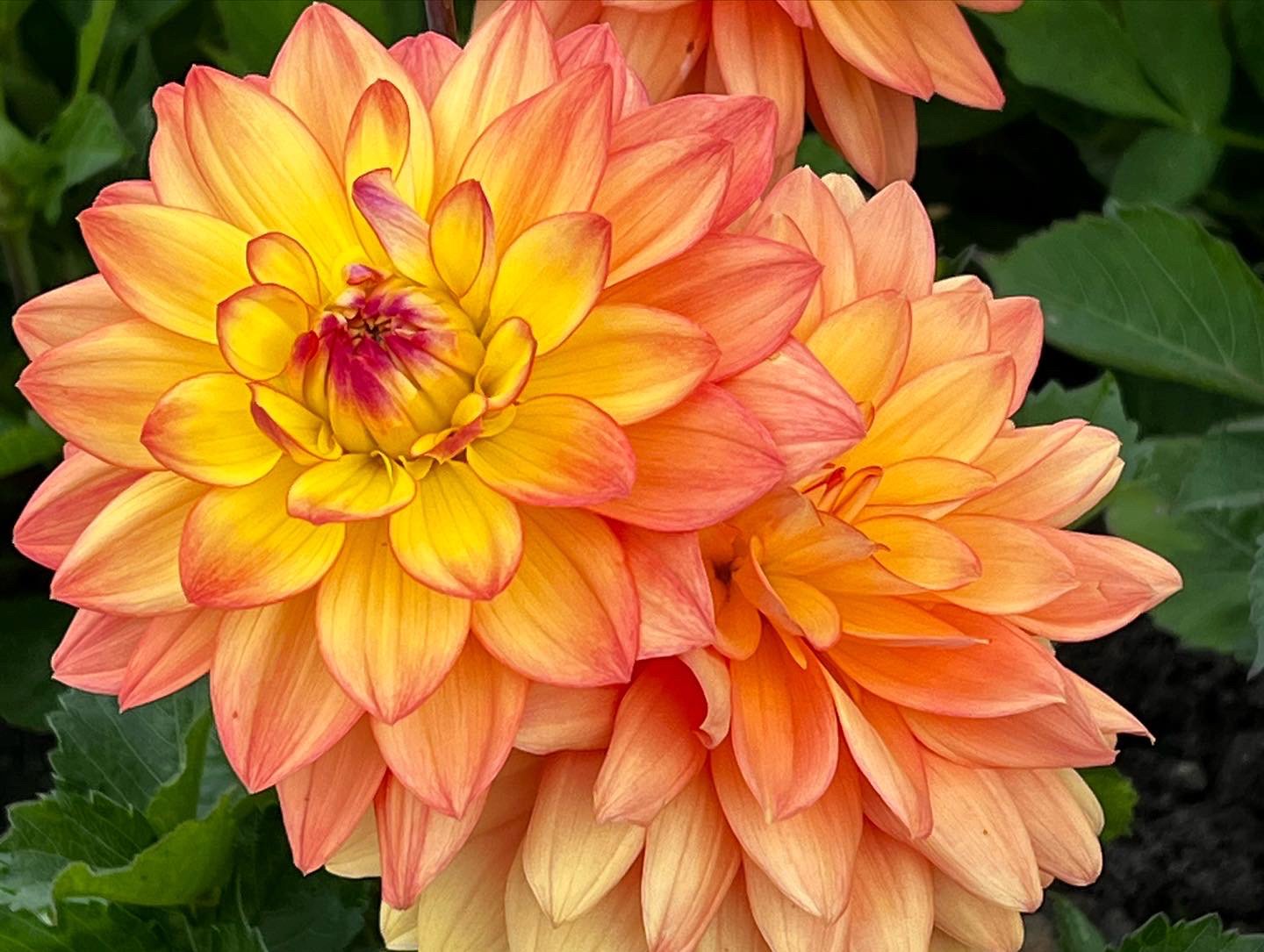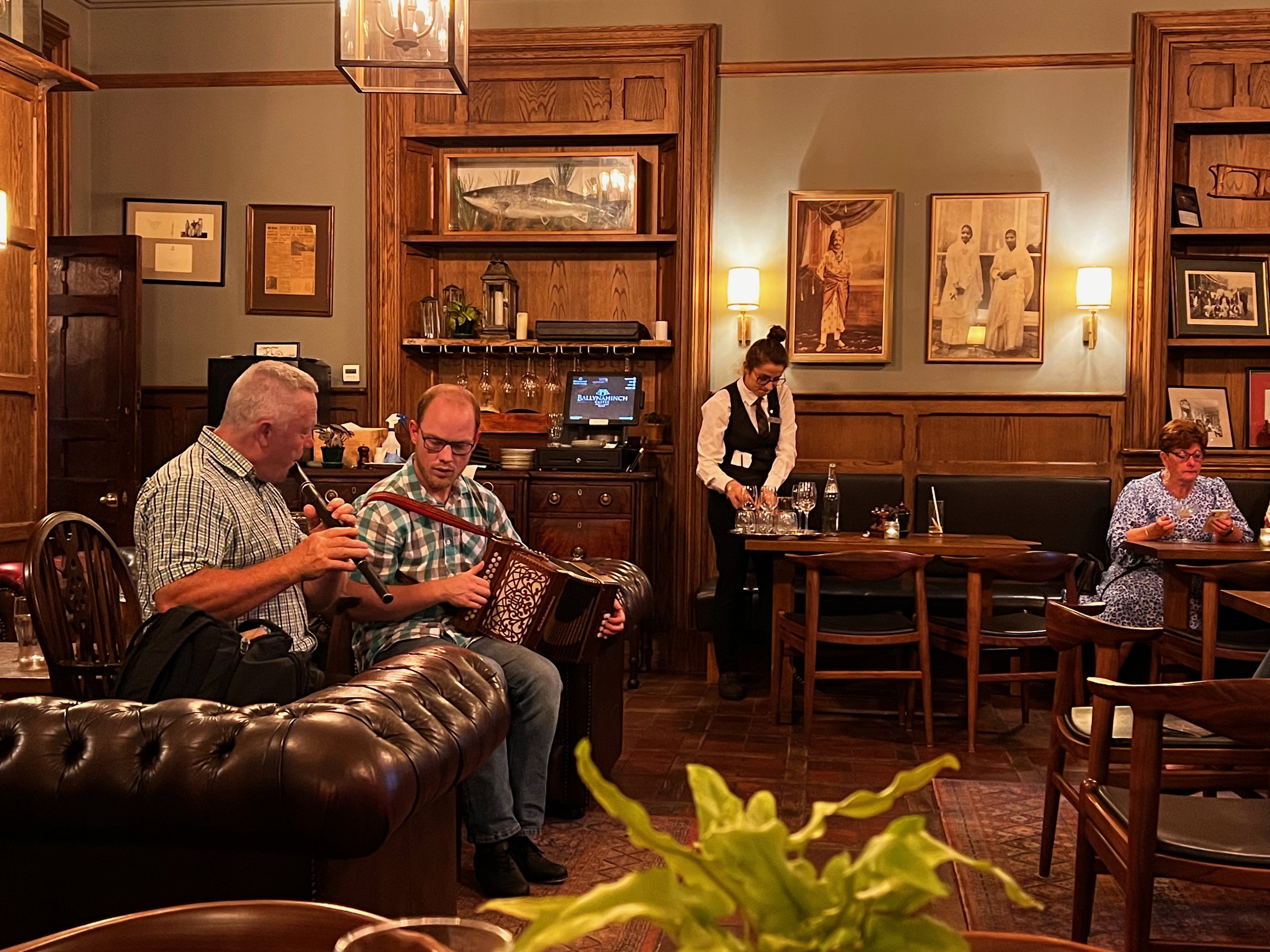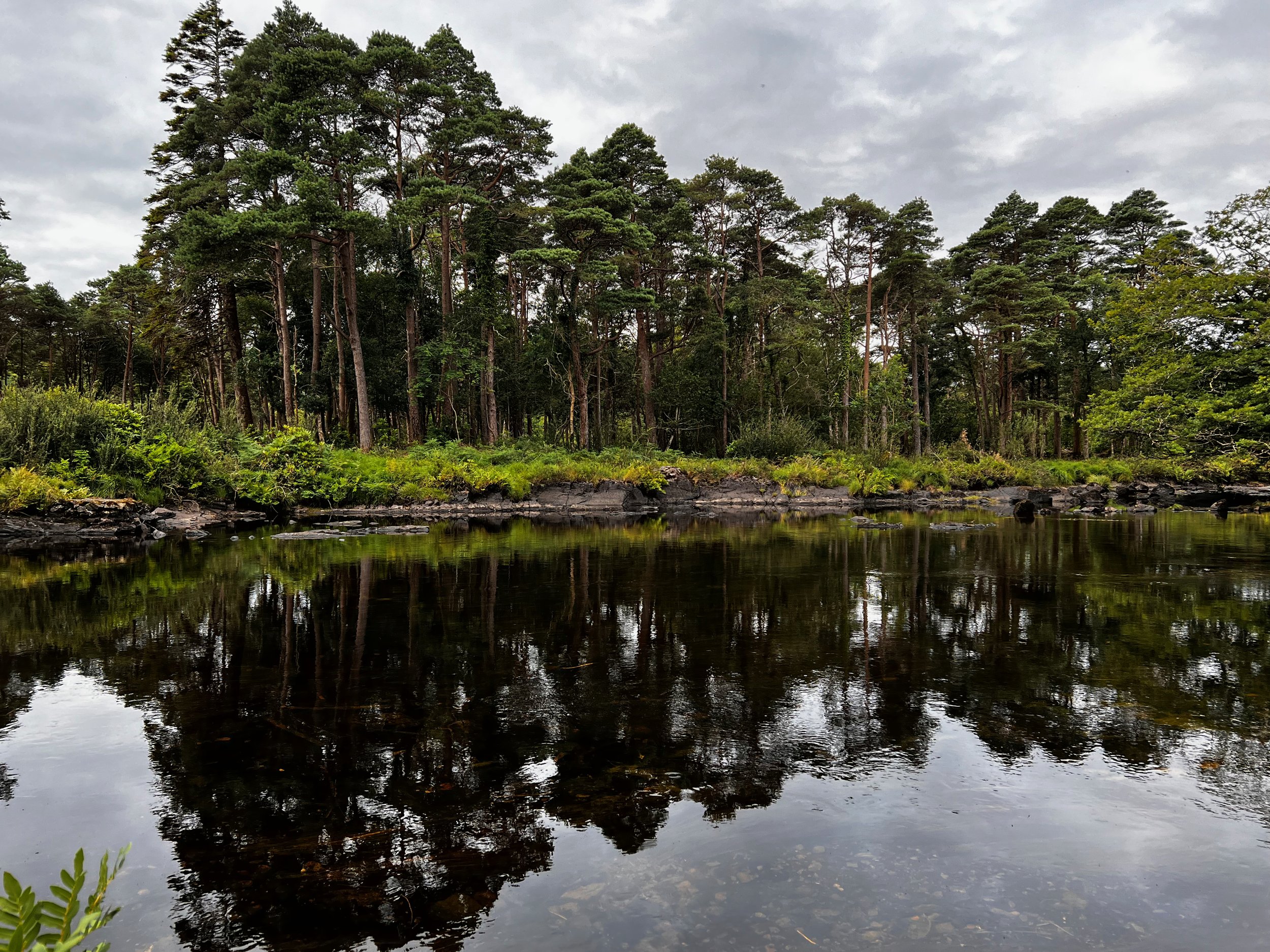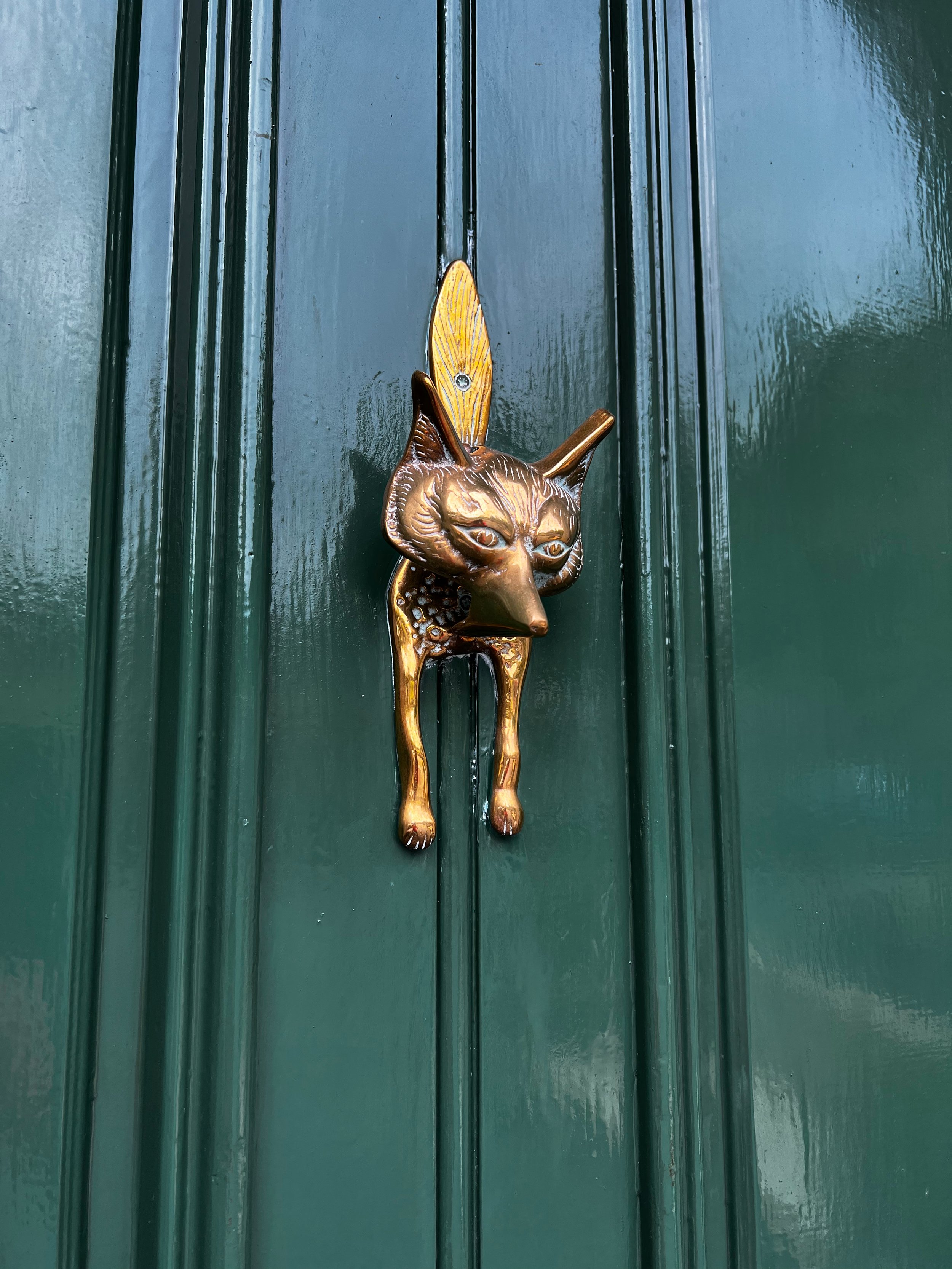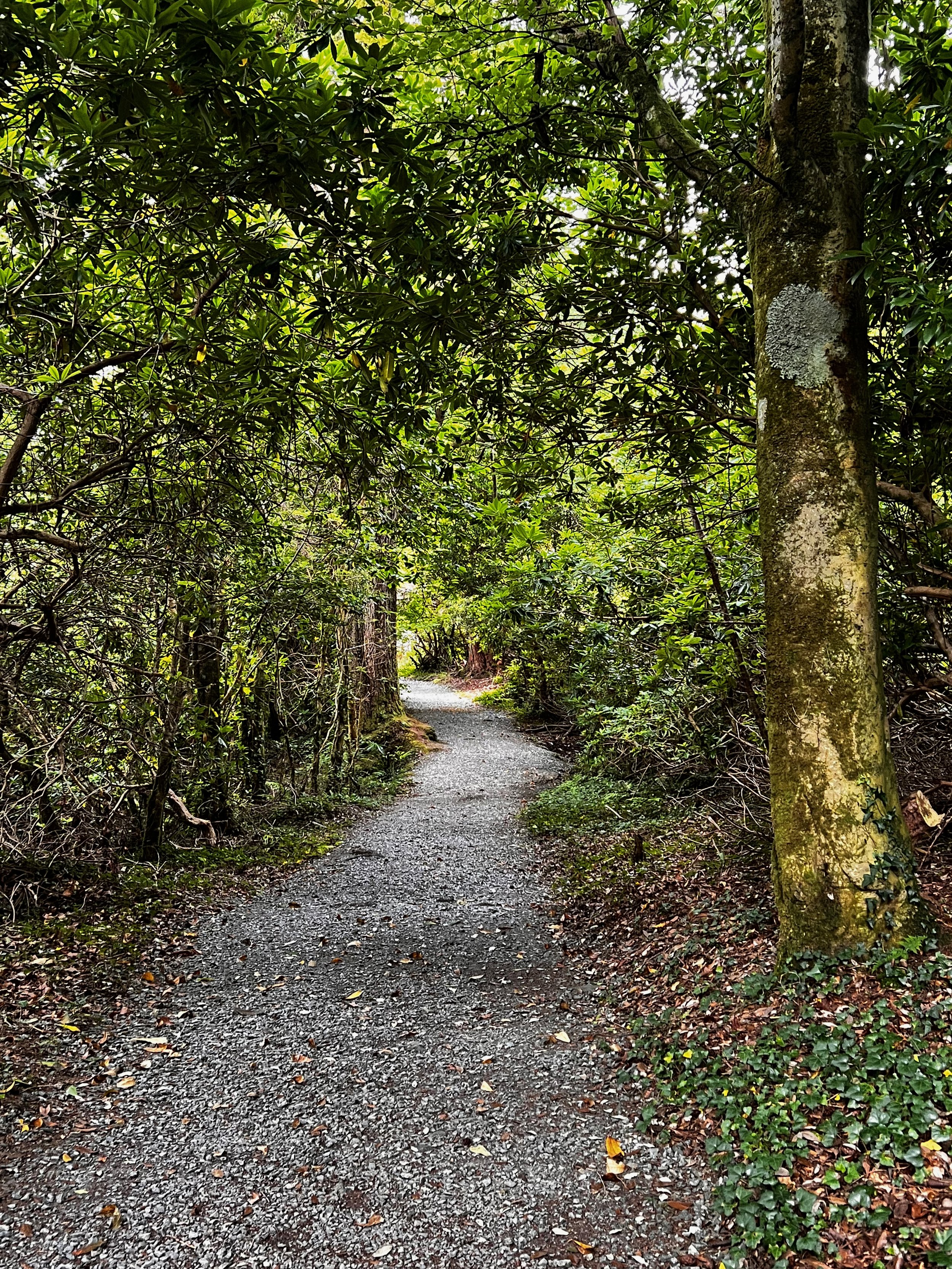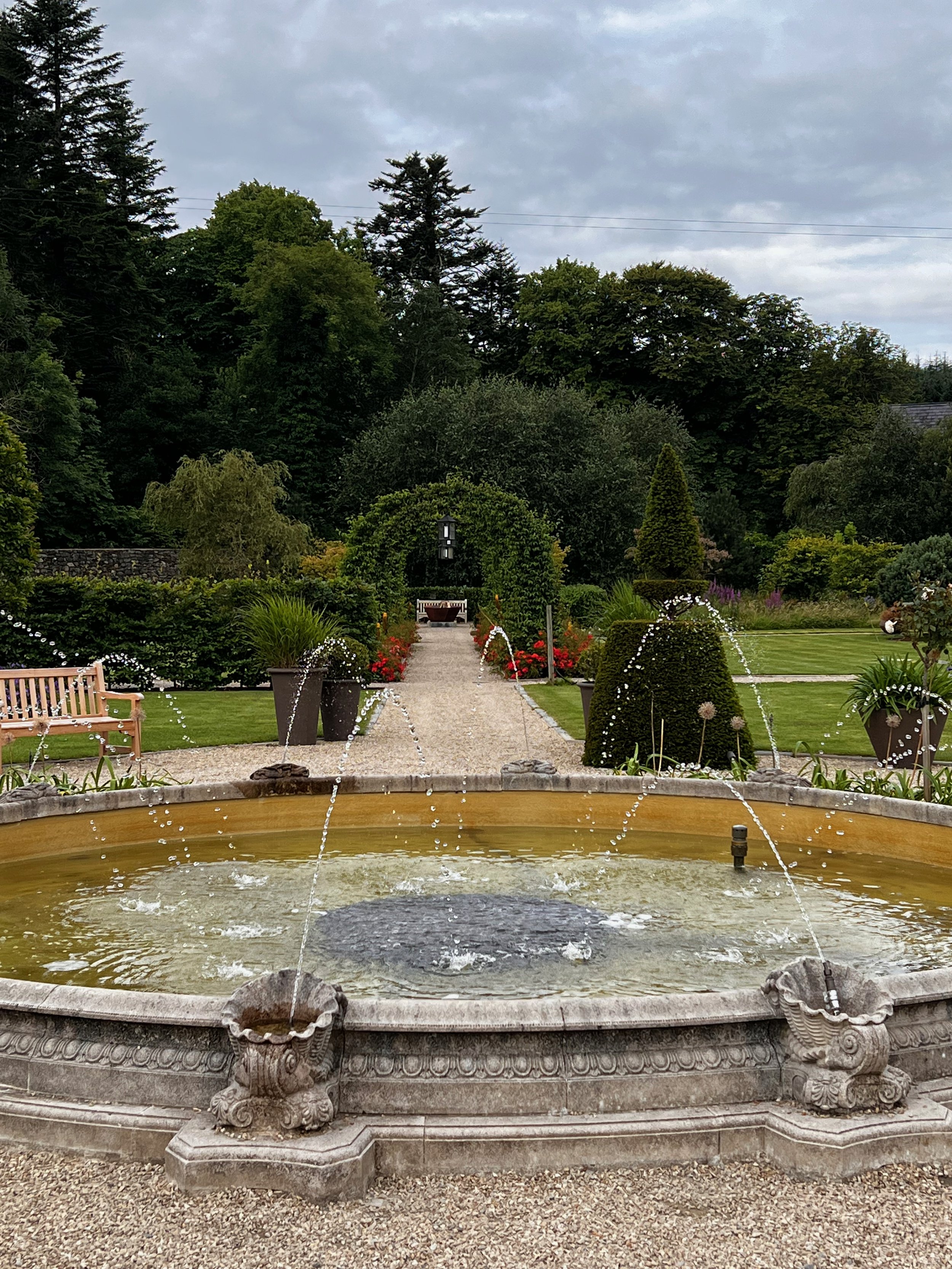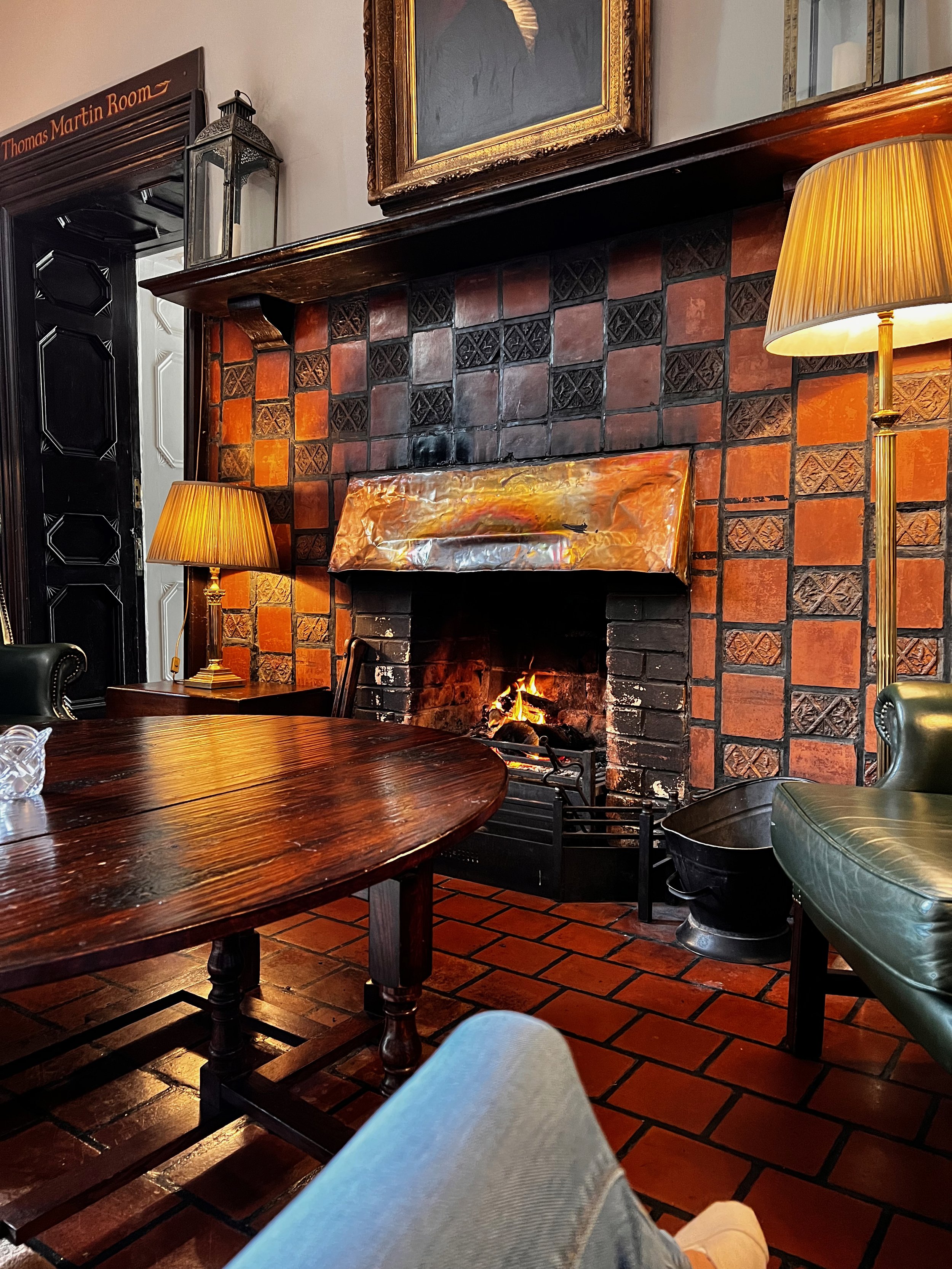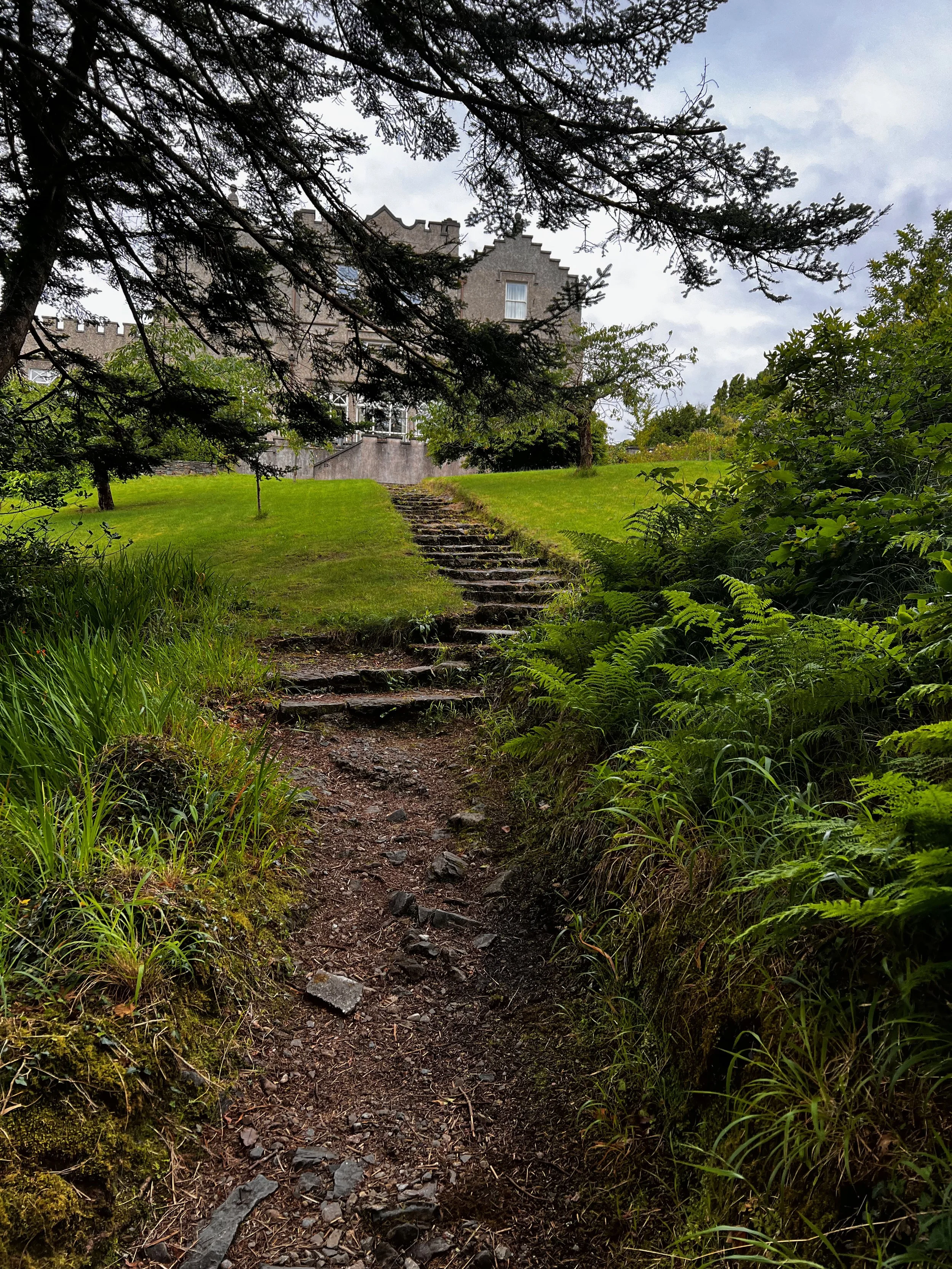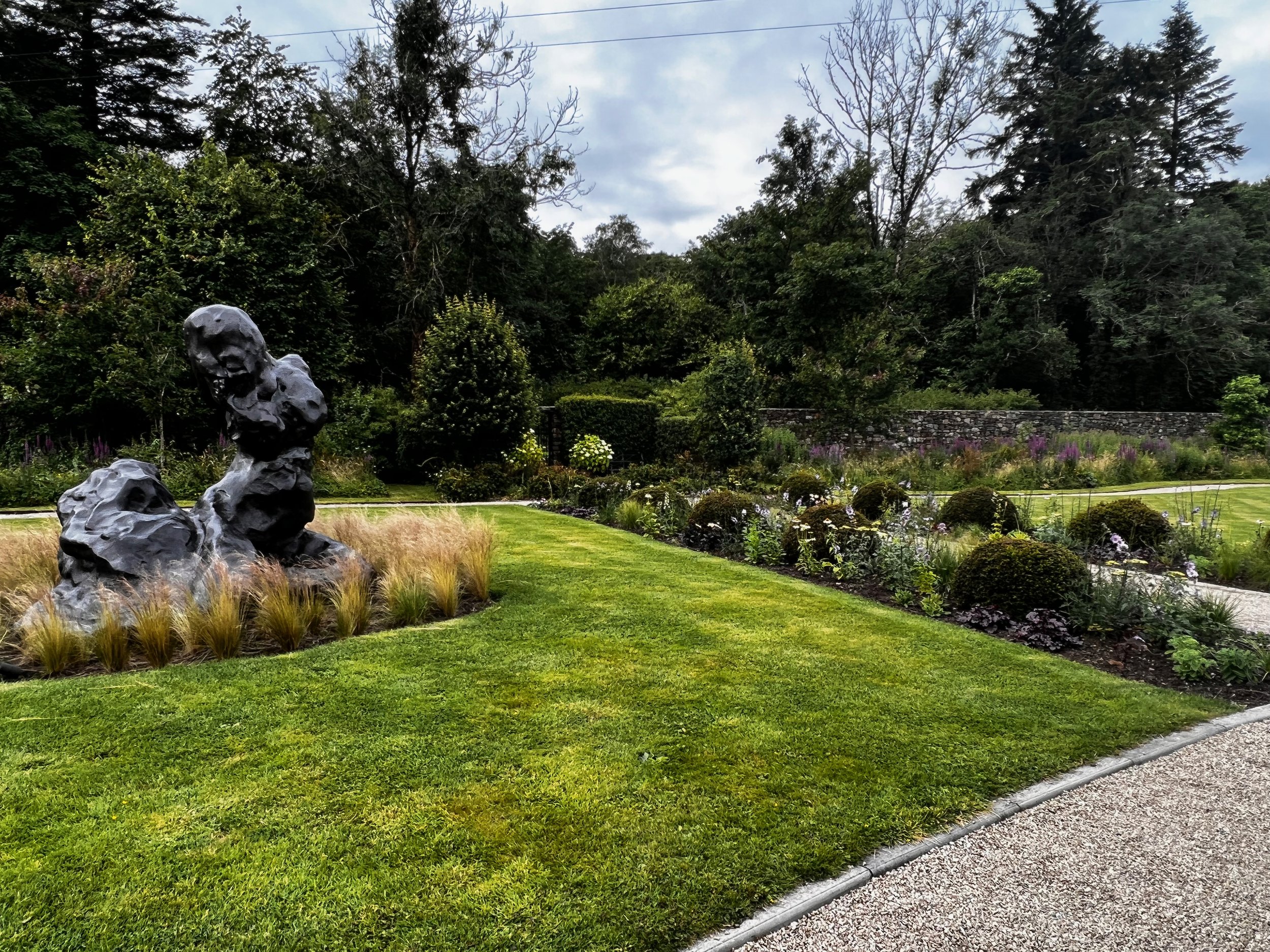Ring of Kerry, Skelling loop, The Blind Piper pub: Ring of Kerry tour day 5
/Following Ballynahinch, we spent two nights at Cahernane House Hotel (a lovely, lovely place built as a country mansion in the 1870s) just outside of Killarney town. It was a wonderful respite and I twice treated myself to room service so that I could sit by my spot of garden (see 4th photo) and read and write (I bought a journal in Dublin on Day 1 and diligently pressed flowers and leaves between the pages I wasn’t writing on) and rest.
Day 5 had us driving the Ring of Kerry and Skellig loop. The former is a circular route over the Iveragh Peninsula of southwest Co. Kerry that takes in a variety of towns - Kilorglin, Glenbeigh, Cahersiveen, Waterville, Caherdaniel, Sneem* and Kenmare also feature on the Wild Atlantic Way (an itinerary that winds from the upper reaches of Donegal down the Western coast and around to Cork). The Skellig loop takes you to the mainland point offering the best visual of Skellig Michael (aka Great Skellig), an abandoned 7th century Christian island monastery built on the furthest out of the Skellig Islands. You actually can visit it but doing so requires clear weather, a multi-hour boat ride, and a solid amount of physical fitness.
*Sneem is one of my favorite place names ever.
As an aside, skellig derives from the old Irish word sceillec which translates roughly to splinter of rock.
Star Wars fans know Skellig Michael as the location at which Rey finally finds Luke in The Force Awakens. I was dying to see it and take photos for the boys. What a marvel it is; to think of 7th-century folks schlepping way the hell out into the Atlantic, surely in somewhat rudimentary boats with, at best, minimal life-saving equipment. And THEN they decided to build and live on the furthest thing from land that they encounter. Closer to god, I imagine. Seriously, it is a nearly-miraculous accomplishment and place. Google it and peruse the photos of its sheerness and remoteness (then add a freezing, dark winter day to the mix) and its trails, buildings, and so forth. I very much want to hike it one day.
Anyway, what was supposed to be a day of incredibly gorgeous views was dashed by constant rain. It was our first such day, and although the fog and bluster were often beautiful in their own right and surely made for an authentic Irish experience, it was a shame to arrive back at Cahernane with a relatively empty camera roll.
But that is travel for you. And the wind made the county flags whipping in the wind all the grander. Just a few days hence, Co. Kerry (whose colors are green and yellow) would play Co. Galway (maroon and white) in the All-Ireland Gaelic Football final. Kerry would win.
And, the chilly rain made my lunch of beef-and-Guinness stew with champ potato at The Blind Piper pub even more satisfying than it already was. Divine. If you’re ever in the area, do stop at The Blind Piper! It is a pub extraordinaire!


